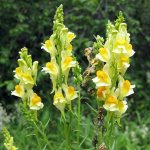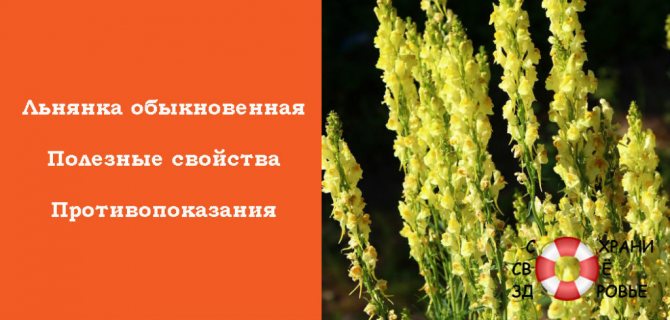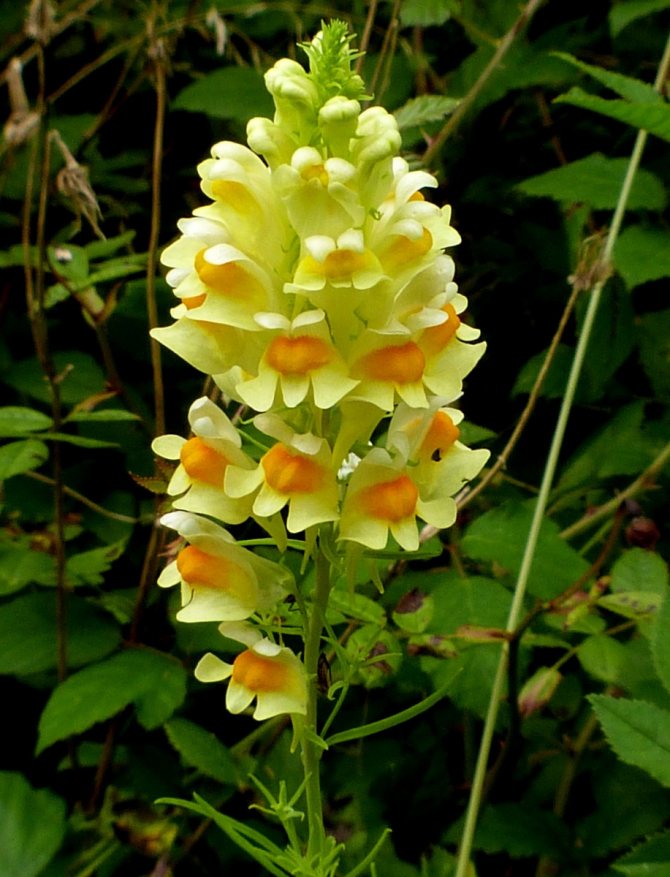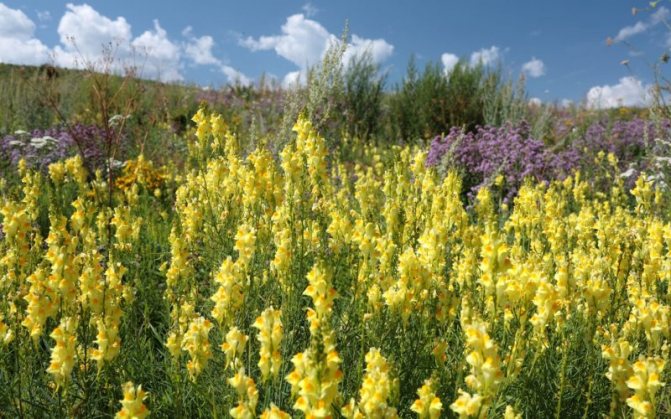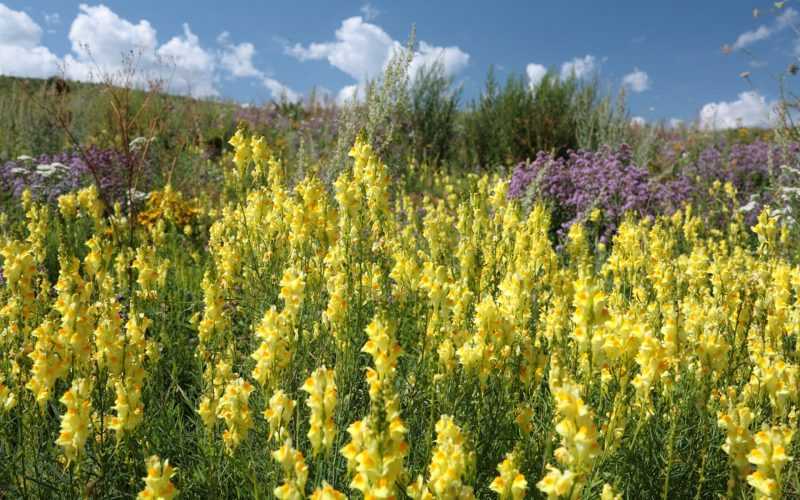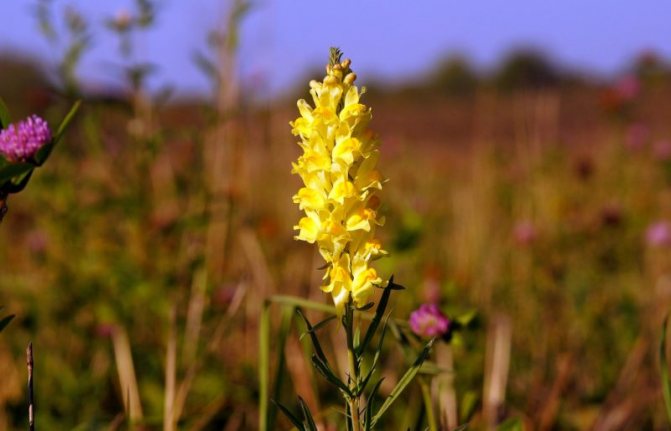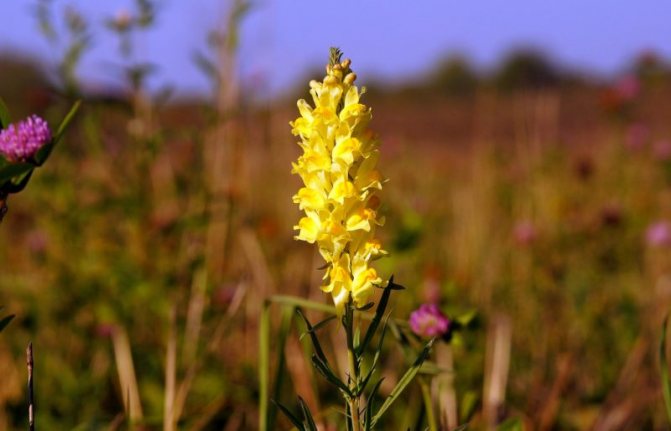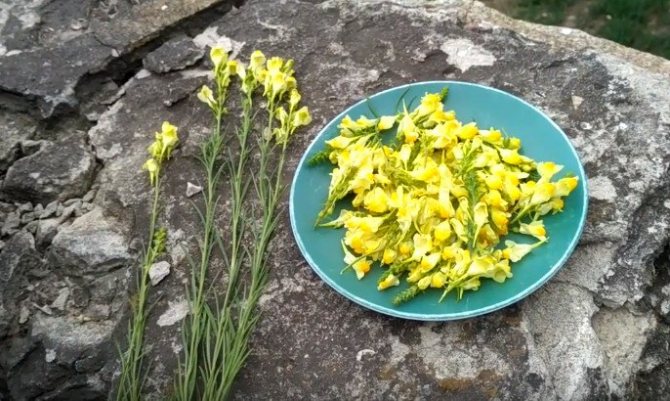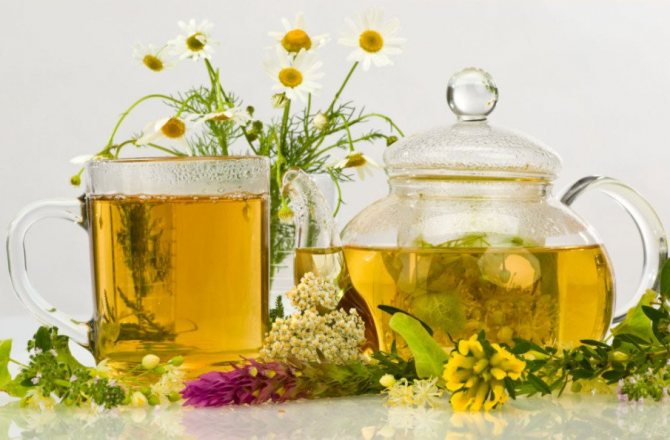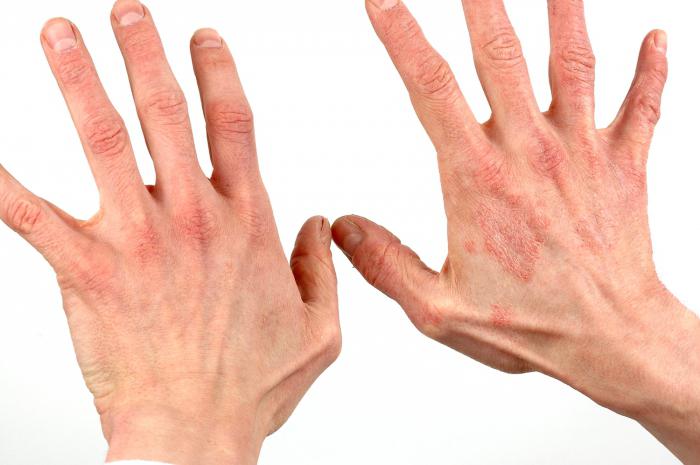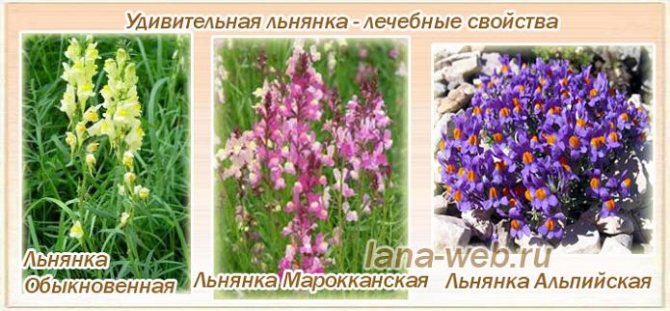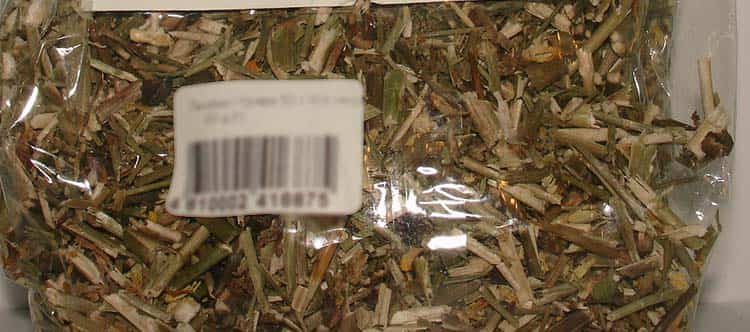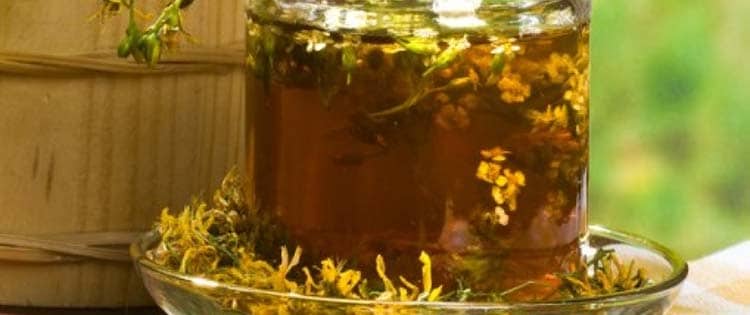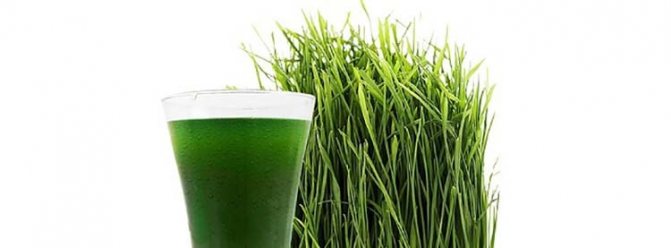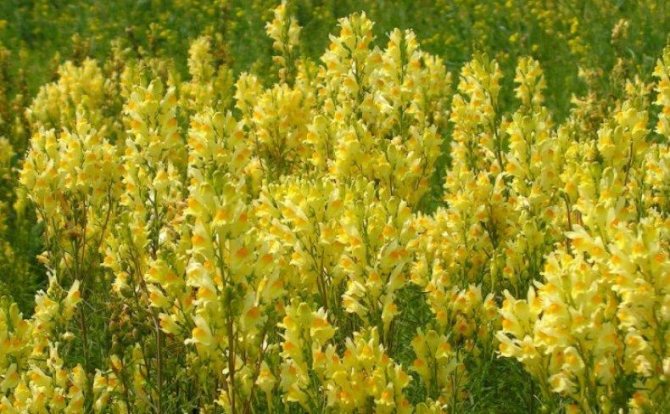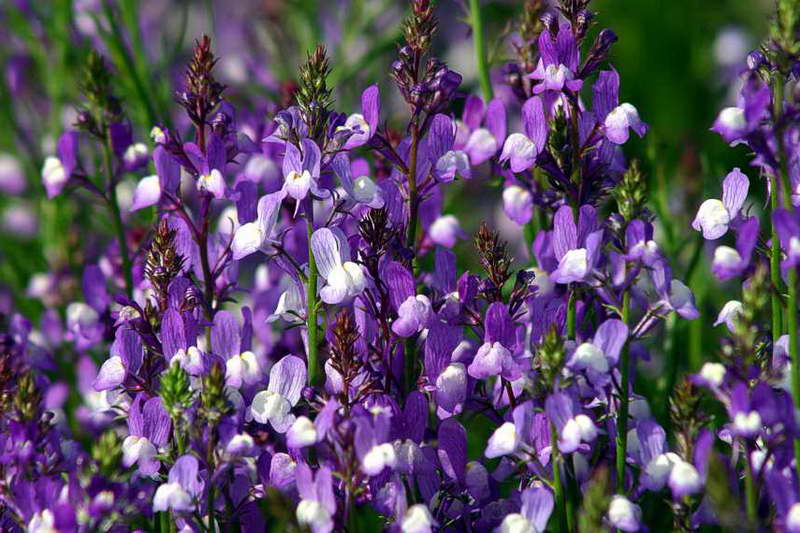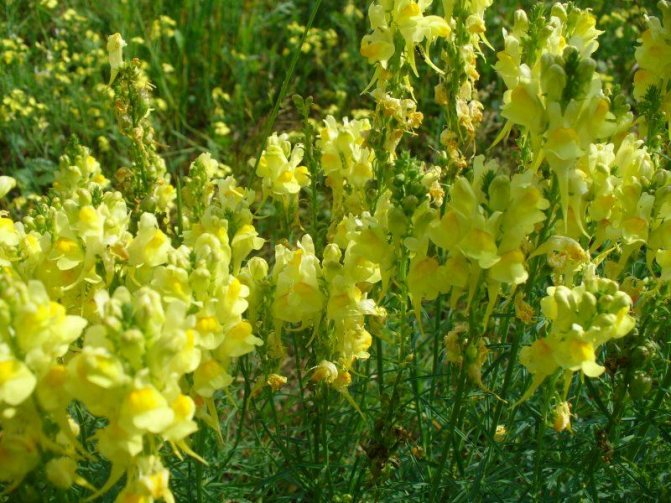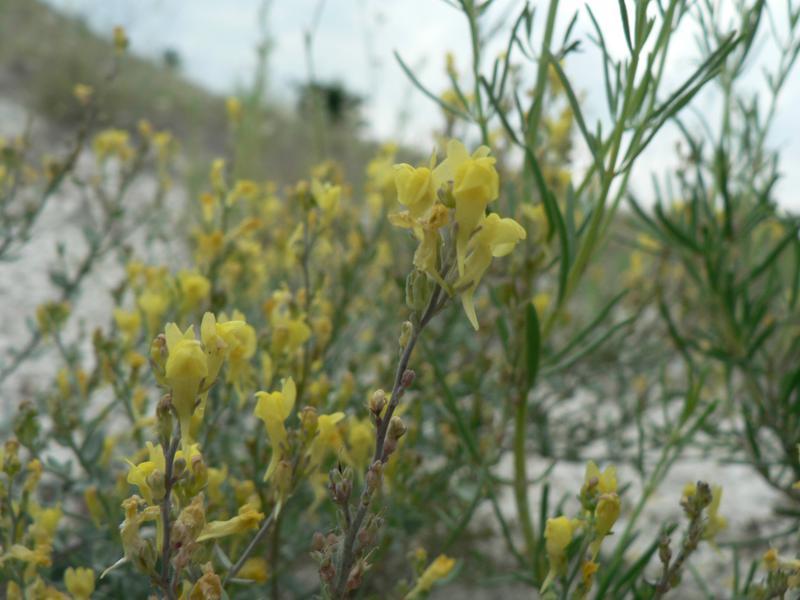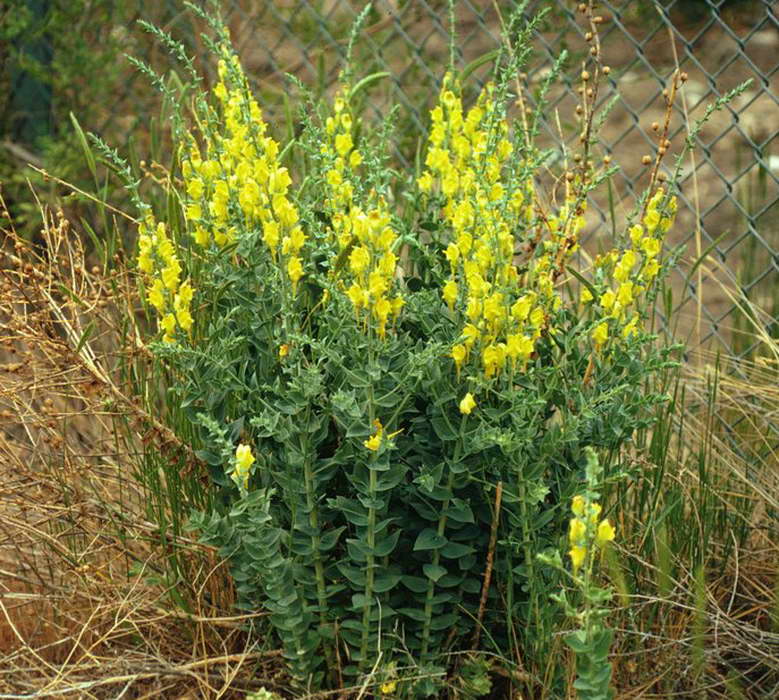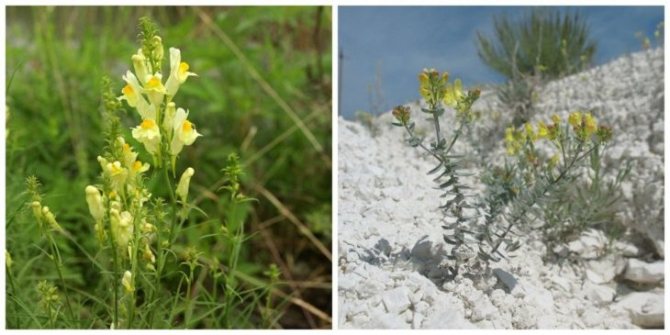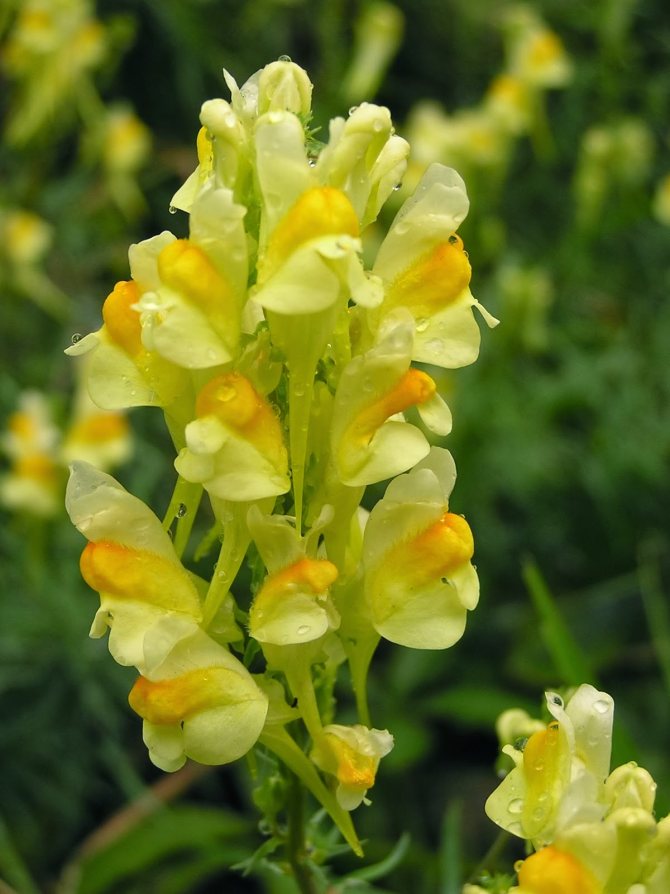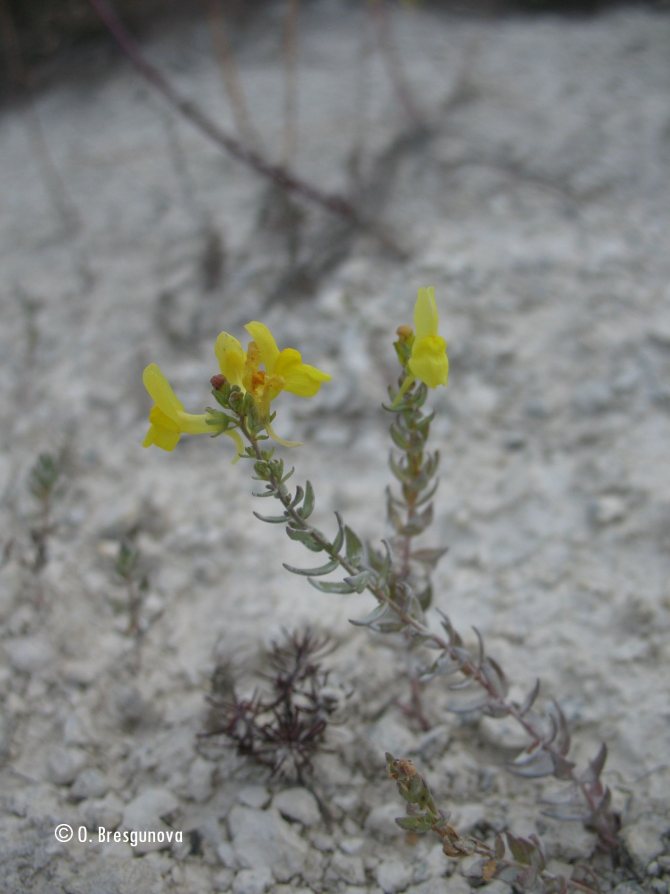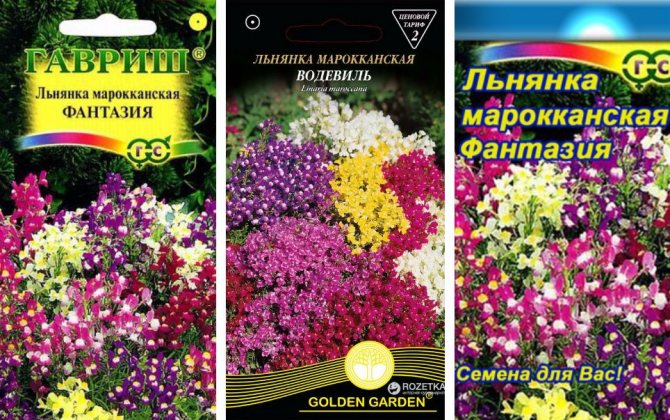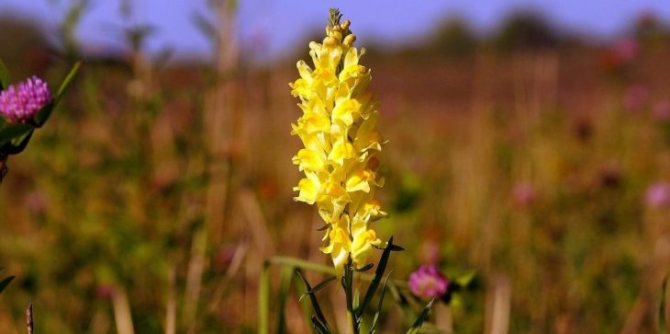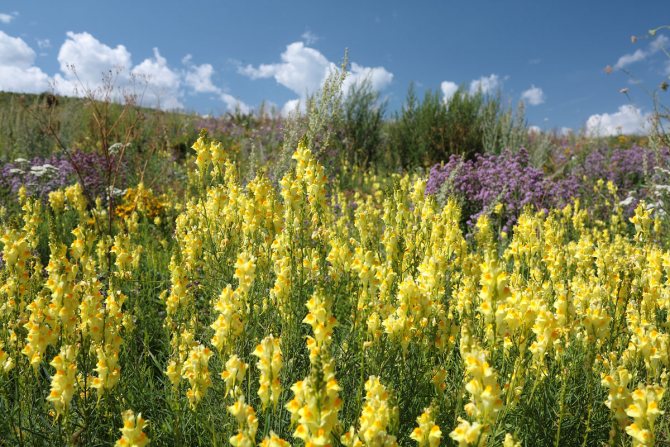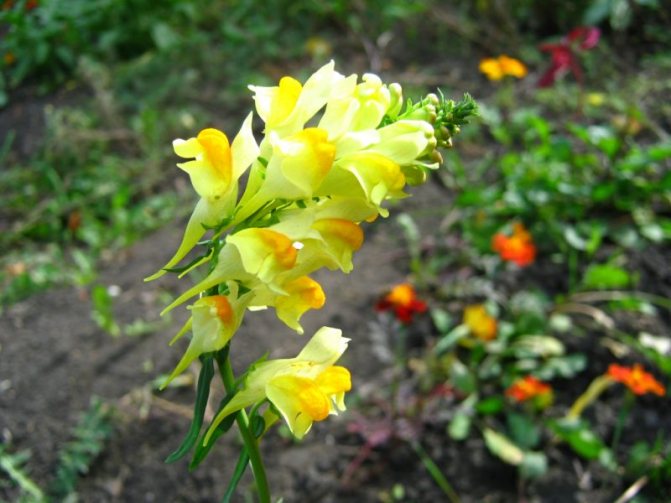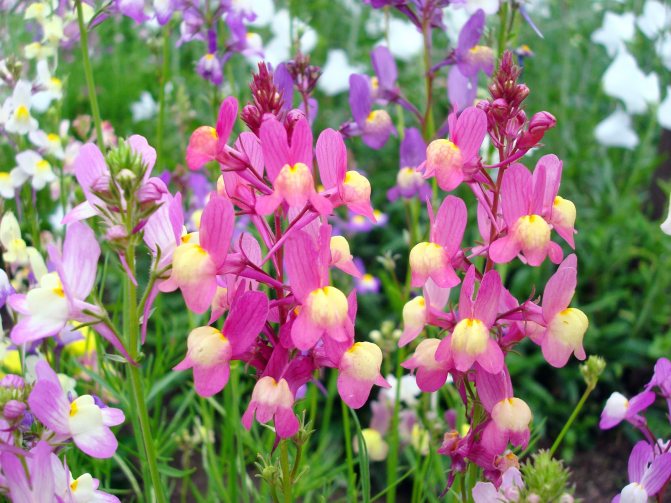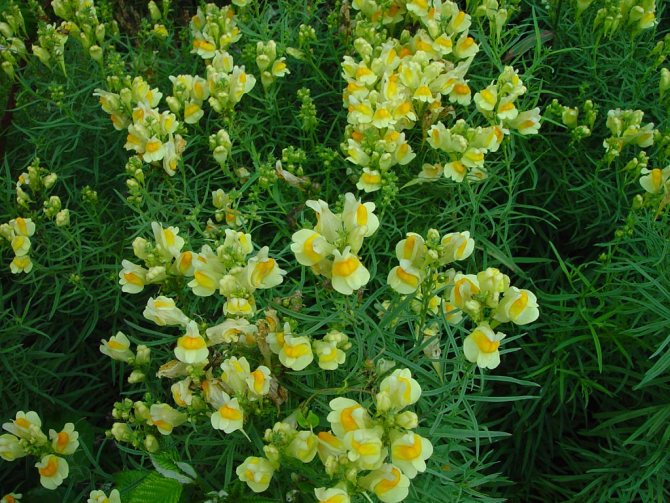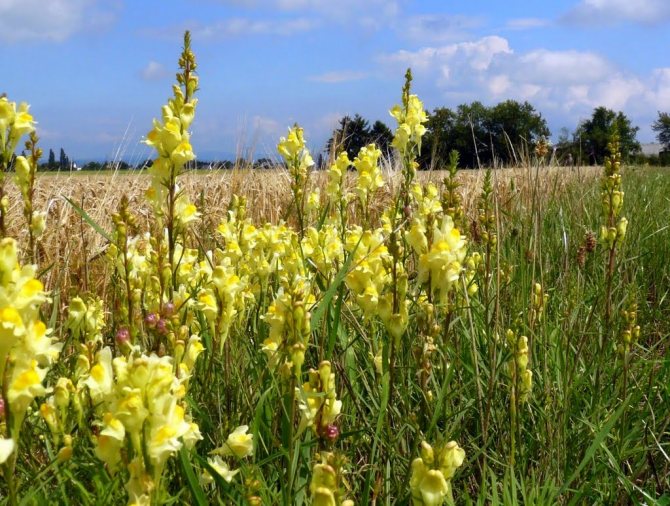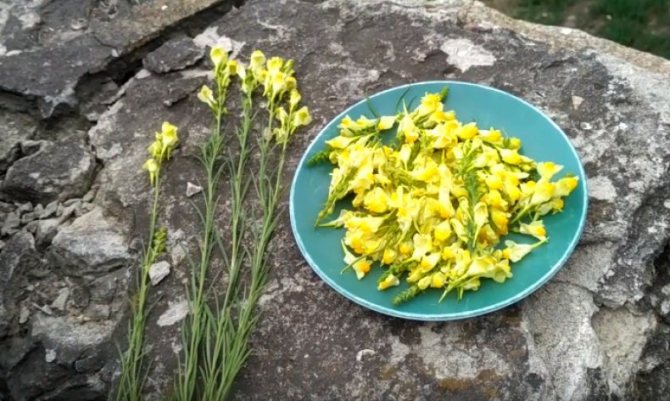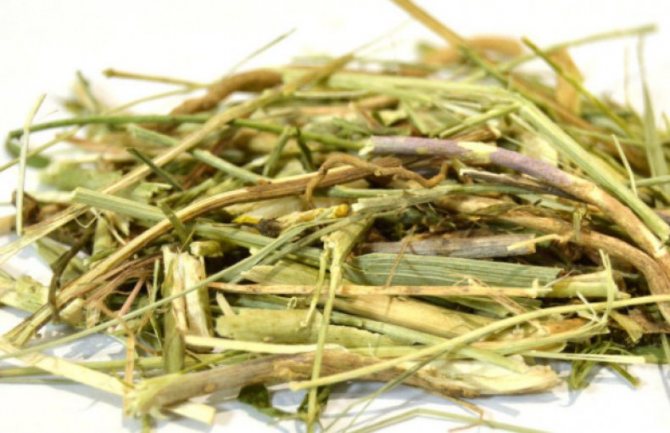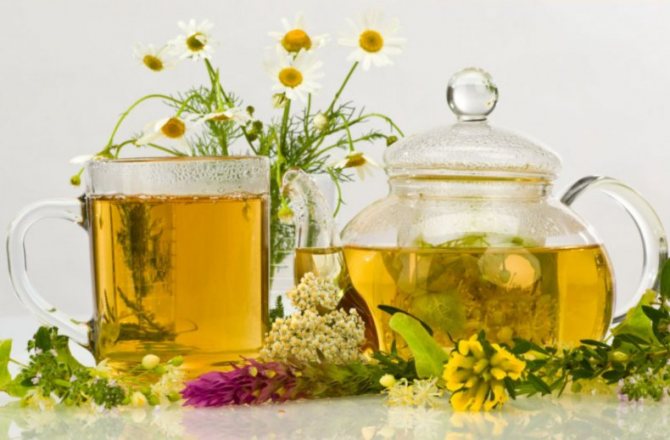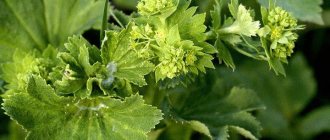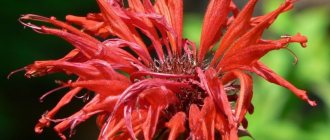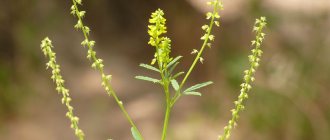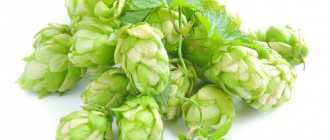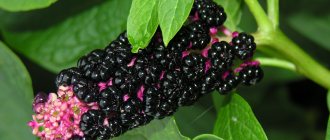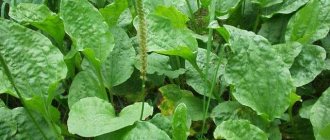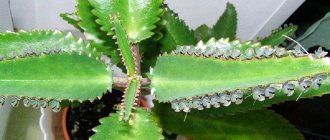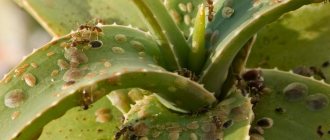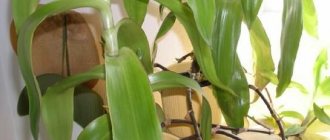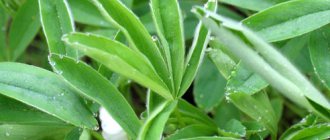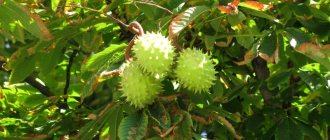Wild perennial toadflax (field rosemary, haystop, wild flax, zornitsa) from the plantain family has a spectacular appearance, melliferous and medicinal.
In Russia, it grows everywhere: in meadows, fields, railroad embankments, roadsides, forests, forage grasses (like a weed). There are about 100 species, landscape designers use 20. In gardens, it is bred as decorative.
See also the article on the shepherd's bag.
The benefits of snapdragon
Toadflax is a plant with interesting flowers that give it an attractive appearance. Its hybrid varieties even decorate gardens. For therapeutic purposes, only toadflax is used, since the juice of this herb is rich in useful substances. It contains:
- organic acids (in the highest concentrations - malic, ascorbic, folic, citric);
- tannins;
- flavonoid glycosides;
- pectins;
- alkaloids (peganin);
- carotene;
- choline;
- fixed oils;
- phytosterols.
Such a rich composition is the reason for the medicinal properties of the common toadflax. It has anti-inflammatory, analgesic, diuretic and choleretic effects. Also, the plant has a tonic effect. It is used as an antihelminthic, mild laxative, expectorant.
Due to the content of the alkaloid peganin, toadflax helps to lower blood pressure and normalizes the heart rate in cardiovascular diseases. Also, the plant helps to increase the tone of the uterus, improve the work of the digestive tract and eliminate problems with metabolism.
Due to its alkaloid content, flax is recognized as a poisonous plant, but healers know how to make an antidote from it. With the correct use of a medicinal herb, its detoxifying properties are manifested, allowing you to cleanse the body of toxic substances.
Vegetative propagation of toadflax linaria
By dividing the bush
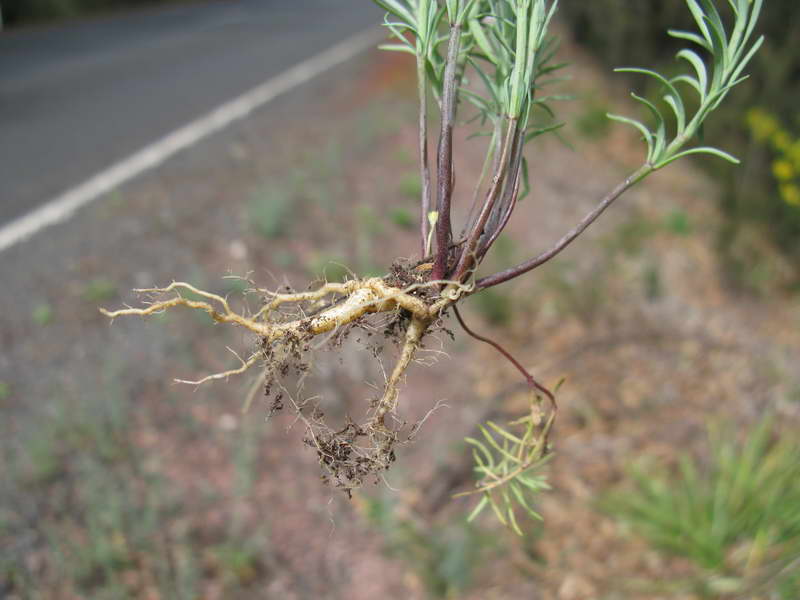
How to divide the linaria toadflax bush photo
Perennial, well-grown bushes are propagated by division. Dig out the bush carefully, divide it into 2-3 parts and plant it in the prepared planting holes.
Propagation by green cuttings
Another way is to root green cuttings. They are cut in spring or summer and planted in a loose substrate for rooting. Cover the top with a glass jar or cut-off plastic bottle. After rooting, transplant to a permanent growth site.
In addition, many plants appear from self-seeding - they can be transplanted to the desired place.
In what form can it be used?
Doctors do not practice the use of common toadflax in medicine, but the plant is widely used in the folk treatment of various ailments. Most often, the medicinal herb is used in herbal medicine as a laxative, diuretic and choleretic agent.
Flax is harvested in the summer during the flowering period: it is harvested, dried in the open air or in special dryers. Only the room has to be often ventilated, because the grass has a pungent and unpleasant odor. From the dried raw materials, various drugs are made for external and internal use. Ointments, infusions and decoctions are popular, which are not only drunk, but also used to prepare medicinal baths and lotions.
Toadflax herb recipes
For external and internal use, fresh or dry toadflax grass is used, which is cut during the flowering period. For the winter, the grass is dried in the open air, since the raw material has a not very pleasant smell, which intensifies during drying.
Infusions, decoctions, ointments are used as remedies. Baths and lotions are used to treat skin diseases, hemorrhoids, lichen and warts. The diluted infusion is used to treat damaged hair and eliminate dandruff.
Scope and healthy recipes
Once again, we want to clarify - doctors do not practice treatment with this plant, but the use of common toadflax in folk medicine is quite wide. It is used for:
- treatment of gastrointestinal diseases (including peptic ulcer, gastritis);
- strengthening immunity;
- increased excretion of urine and bile in diseases of the kidneys and liver;
- reduction of inflammatory processes;
- mitigation of swelling (solid infiltrates with inflammation);
- relief from constipation;
- pain relief;
- improving sputum discharge when coughing;
- removal of gases from the intestines with flatulence;
- cleansing the body with helminthic invasion;
- detoxification in case of poisoning.
Herbal infusions are also used to treat jaundice and dropsy. Toadflax is sometimes used in official medicine to weaken, enhance the outflow of bile, and also as a diuretic. It is sometimes used to treat the symptoms of hemorrhoids and skin diseases.
Professor D. M. Rossiyskiy investigated how the liquid extract affects the patients on alcohol. The results showed that the remedy improves the condition of intestinal atony, flatulence, prolonged constipation. GDR doctors used herbal infusions to treat jaundice, inflammation of the bladder, hemorrhoids, and lazy bowel syndrome. In small doses, toadflax is used to eliminate headaches and vomiting (Meniere's symptom complex), diarrhea and urinary problems. Since flaxseed contains alkaloids and is equated with poisonous plants, it should be taken with caution. The recommended dosages should not be exceeded categorically - this can cause poisoning.
Washing, baths and compresses with toadflax infusion are used to treat boils, ulcers, various diseases and skin inflammations. A plant-based ointment is used for hemorrhoids. Lotions are used for dermatitis, acne, diathesis, fungal skin lesions.
In alternative medicine, toadflax is also used to improve potency in men and to normalize the menstrual cycle in women. This plant is also used to treat and prevent hair loss.
For the treatment of eye diseases
Take 20 g of flax, elderberry and cornflower. Brew the mixture in a thermos with 400 ml of boiling water. Insist 8 hours, when cool, strain. Rinse eyes with infusion or do lotions 5 times a day until recovery.
To increase blood pressure with hypotension
Mix 1 tsp. flaxseed, immortelle and corn silk - in this combination, herbs enhance the therapeutic effect of each other. Brew the mixture in 2 cups of boiling water, leave for 2-3 hours, then squeeze. Drink 1 tbsp. l. before breakfast, lunch and dinner.
For gargling
1 tbsp. l. pour 400 ml of boiling water over dried toadflax, leave in a container with a lid for 2 hours. Then strain, and gargle with the resulting product to rinse your throat and mouth in case of inflammation and coughing.
For the treatment of diseases of the liver and urinary system
Mix equal parts of toadflax, immortelle and corn silk. 1.5 tsp pour the mixture with a glass of boiling water, wait 1 hour. Then cool, strain and drink 1 tbsp. l before breakfast, lunch and dinner. The course of treatment is 2 weeks.
Lotions for purulent wounds and ulcers
6 tbsp. l. Pour flaxseed with a glass of boiling water, strain after 2 hours. The tool can be used to make lotions or rinse the affected areas until final healing.
Toadflax herb recipes
Infusion for skin diseases (purulent wounds, ulcers, acne, furunculosis), hemorrhoids: pour a tablespoon of dry grass into 400 ml of boiling water, mix and insist under a lid for 2-3 hours. It is necessary to apply the product in the form of compresses and washings. The infusion can be used to rinse the mouth and throat, having previously filtered.
Tincture for constipation: take 1 part of the herb and pour the same amount of 40% vodka, leave for a couple of hours, strain, squeeze and use 1 teaspoon before bedtime. It is necessary to store the tincture in the refrigerator or any cool place.
Infusion for the treatment of kidney and liver diseases: prepare a collection of three herbs: flaxseed, corn silk and immortelle. These plants complement each other perfectly and enhance the healing effect. Next, take the extract of all herbs in a teaspoon and pour 2 cups of boiling water, let it brew for 1-2 hours, squeeze the raw material. You need to drink the infusion on the table. spoon three times a day before meals.
Contraindications
Before using flaxseed, you should familiarize yourself with the contraindications. You can not use it for the following diseases and conditions:
- pregnancy (the herb can pose a threat of miscarriage or premature birth);
- breast-feeding;
- children under 3 years old;
- severe hypertension;
- severe cardiovascular disease;
- an allergic reaction to the plant.
Toadflax can be purchased at the pharmacy or you can prepare it yourself by cutting off the aerial parts of the grass and drying them. The plant should be stored in a closed jar for no longer than 1 year. Decoctions, infusions, ointments made from it show effectiveness in diseases of the heart and blood vessels, stomach, kidneys and liver, skin. However, they should be used as an adjunct to the treatment prescribed by the doctor, and not in place of it.
Wild perennial toadflax (field rosemary, haystop, wild flax, zornitsa) from the plantain family has a spectacular appearance, melliferous and medicinal.
In Russia, it grows everywhere: in meadows, fields, railroad embankments, roadsides, forests, forage grasses (like a weed). There are about 100 species, landscape designers use 20. In gardens, it is bred as decorative.
See also the article on the shepherd's bag.
Toadflax
In a perennial herb toadflax there are many different names. This is a snapdragon or frog's throat, gills, wild flax, and many others.
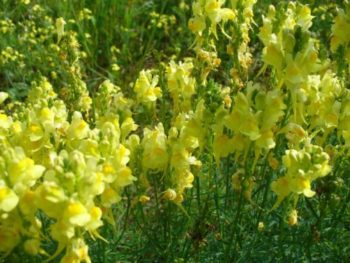

toadflax
It is very poisonous, at the same time being a useful medicinal plant.
Description of toadflax
The height of the unbranched stem is up to 90 cm, the rhizome is creeping, the whole leaves are narrow, linear, sessile. Inflorescences of the brush, yellow flowers have lanceolate petals, bright centers.
Fruits are long elliptical capsules, disc-shaped seeds, very small. Flowering lasts all summer; bumblebees and bees are required for pollination. For some insects, it is an insecticide, a plant poisonous to horses.
The most popular types of toadflax
Allocate:
- ordinary;
- moroccan;
- cymbal;
- chalk;
- bipartite;
- alpine;
- dalmatian;
- purple;
- three-bird.
Wild toadflax loves loose soil, grows up to 40 cm, the root is thin, branched, there are a lot of small leaves on the stem. The flowers are yellow, the lower lip is orange.
Moroccan toadflax annual, decorative, multi-colored buds (yellow, red, purple of different shades), blooms all summer, does not require complex, labor-intensive care.
Perennial cymbal toadflax (height no more than 10 cm). The leaves are small, green above, below with a lilac tint. Flowers are white or purple, blooms all summer, can be grown indoors.
Chalk flax considered a relict, in several regions of Russia, Kazakhstan, Ukraine is listed in the Red Book.This plant is perennial, prefers slopes on the southern side of chalk talus. Stem up to 30 cm, fleshy leaves are bluish-green, cluster inflorescence, yellow flowers.
Bipartite annual, compact (up to 30 cm). Loose inflorescences are tassels, flowers are small, with a speck of orange color. Blooms for only a month, the fruit is a box. In the suburbs, you can find the wild (see photo of the toadflax).
Alpine flax perennial soil cultivator, one bush occupies an area with a diameter of 25 cm. Stems are short, leaves are green, with a gray tint, smooth. The flower petals are purple-violet, the throat is orange.
Dalmatian and purple toadflax tall (up to a meter). Bushes are neat, dense. The diameter reaches half a meter. The inflorescences of spikelets on the tops of the stems, in the Dalmatian flower are yellow, the throat is orange, in the purple petals are pink, the inflorescences of the brush. Due to their instability to frost, these species are cultivated as annuals.
Three-bird flax grows up to 0.8 m, stems are erect, flowers are pink. The scientist Linnaeus believed that they look like the head of a dove, hiding its beak under its wing. Since there are 3 flowers in each inflorescence, the plant is called three-bird.
In another article we described the loosestrife.
Properties and application
For the manufacture of medicinal preparations, common toadflax is suitable, rich in vitamin C, pectins, glycosides, alkaloids.
There is a lot of oil in the seeds, the pigment from the flowers can be used as a dye. Since the plant is poisonous, gloves must be worn when harvesting.
Dry in a dark room with good ventilation or an electric dryer.
The medicinal properties of toadflax are determined by the composition.
Preparations with this plant:
- relieve inflammation;
- promote the removal of excess water from the body (in the form of sweat, urine);
- stabilize the work of the heart;
- lower blood pressure;
- tone up the intestines, uterus;
- improve metabolism;
- drive bile;
- stabilize bowel function;
- have an antiseptic, astringent, expectorant effect.
Flaxseed properties allow you to treat:
- dry cough, sore throat;
- diseases of the kidneys (including urinary incontinence at night), liver (including jaundice), dropsy;
- inflammation of internal organs;
- hemorrhoids;
- ascariasis;
- shortness of breath;
- stomach ulcer, gastritis, flatulence;
- hypertrophy of the prostate;
- lichen, eczema, dermatitis, ulcers, wounds, boils, acne.
Toadflax stabilizes the menstrual cycle, relieves pain, relieves swelling in the joints, prevents hair loss, relieves dandruff.
From this plant you can make:
- tincture (in water, vodka);
- broth;
- ointment.
Tinctures are taken orally, lotions, compresses, baths, masks for oxen are made from decoctions, used to rinse the throat.
Simple folk remedies
Eye tincture
Cornflower, elderberry, toadflax are mixed in different parts, 60 g, poured into a thermos, poured with half a liter of boiling water. The infusion, filtered after 10 hours, is used for washing the eyes, in compresses.
Treatment of festering wounds, skin diseases
6 tbsp. tablespoons of dry grass are poured into 300 ml of boiling water, filtered after 2 hours, used for rinsing.
Diaphoretic, diuretic
A teaspoon of dry grass is poured into a thermos, 200 ml of boiling water is poured, infused for an hour, filtered. Within 2 weeks, 4 times a day, 50 ml is taken 20 minutes before meals.
Liver, kidney treatment
Corn stigmas, immortelle flowers, toadflax are mixed in equal parts, 3 tbsp. spoons are poured with boiling water (300 ml), after an hour the product is filtered, within 14 days it is taken in a tablespoon 20 minutes before a meal.
Ointment for hemorrhoids, skin diseases
2 tbsp. tablespoons of dried flaxseed are crushed to a powder consistency, mixed with pork fat (5 tablespoons), placed in a steam bath.After the fat has melted, the product is filtered, used three times a day (sore spots are lubricated).
Tincture for flatulence, constipation
20 g of flax is poured with a glass of vodka, infused for a week, filtered. Within a month, 30 drops mixed with 30 ml of water are taken 3 times a day after meals.
Decoction from sore throat
2 tbsp. tablespoons of herbs are poured with a glass of water, the mixture is boiled for 2 minutes over low heat, infused for 2 hours, used for rinsing 3 times a day.
Contraindications to the use of toadflax are taken into account before use. This plant is poisonous, so caution is required in the manufacture and use of any product.
It is dangerous to violate the volume of portions taken, the frequency of administration. The patient may become ill or dizzy, excessive saliva, and vomiting may begin. Diarrhea with abdominal pain occurs, the work of the heart is disrupted, the patient loses consciousness.
You can not use products with this plant:
- children;
- with cirrhosis;
- with renal failure;
- with tachycardia;
- during pregnancy;
- while feeding the baby.
Toadflax - species and places of growth
The genus has about a hundred species, distributed mainly in the mountainous regions of the Mediterranean and extratropical regions of the entire Northern Hemisphere. On the territory of the former USSR, about 70 species grow, most of which are concentrated in Central Asia, in the Caucasus.
Toadflax (wild flax) is considered to be the most common species that lives in the European part of our country, as well as in Western Siberia. An unpretentious weed occupies sandy places, slopes, edges, roadsides, crops of forage crops, etc.
Toadflax belongs to the genus of annual and perennial plants of the plantain family. The herb got its name due to the fact that its leaves resemble flax leaves. There are from 80 to 150 plant species, they have spread in the Northern Hemisphere, along the shores of the Mediterranean.
Common toadflax. The plant blooms from July to September, the seeds ripen in August. This species loves to spread along the steppe slopes, wastelands, ditches, and chooses roadsides. Man uses all parts of the plant, except for the root.
Dry grass has an unpleasant odor, pungent taste, salty-bitter. The plant contains resinous substances, mucus, phytosterol. Research confirms that the alkaloid peganin has a stimulating effect and can be used to lower blood pressure, eliminate edema, and normalize the heart rate.
In addition, the plant increases intestinal tone, improves peristalsis, and exhibits a laxative effect with constipation. Toadflax is used in folk medicine for colds, improves joint activity and increases muscle strength.
Toadflax Moroccan. This annual plant with whorled-linear leaves forms a compact bush. This species has small flowers, purple-purple with an orange throat, collected in beautiful clusters.
Flowering begins in June and ends in September. An extract can be prepared from dry grass by mixing it in a 1: 1 ratio with 40% alcohol. A daily intake before bedtime, but not for a long time, one to three tablespoons of such a drug will help with chronic constipation. This gorgeous toadflax is intended for ornamental gardening.
Toadflax is cymbal. Cymbal toadflax is a perennial ground cover plant with rounded leaves with a dark green and purple surface below and small flowers, lavender or white, popularly called "lipsticks".
Tincture for constipation: you need to take 1 part of the herb and pour 40% vodka in a 1: 1 ratio, leave for 2 hours, strain, squeeze. They drink 1 teaspoon of the medicine before bedtime.
Alpine toadflax. It is a perennial with creeping, highly branched, drooping, bluish-gray and fleshy stems. Purple flowers appear in June and are pleasing to the eye even in September.They are large, with a bright orange spot on the "lip".
The plant is recommended by folk healers for cancer of any localization.
Infusion of alpine flaxseed: 1.5 tablespoons of herbs should be steamed with 1 glass of boiling water, kept in a water bath for 15 minutes, insisted for 45 minutes, drain. It is recommended to consume the drug 3-4 times a day, 1 tablespoon 15-20 minutes before meals. This infusion can be applied to the sites of tumor formation.
Toadflax chalk. It belongs to perennial herbaceous plants, the stems are often recumbent, the leaves are round-ovate, gray-gray. The flowers are irregular, yellow, collected in a loose inflorescence. Reception of funds from toadflax promotes rapid recovery from muscular dystrophy. There is a great way to treat hypotension.
Tincture of chalky toadflax: 50 g of dry grass is required to pour 0.5 liters of vodka, leave for 15 days, strain and take 20-30 drops 3 times a day before meals with water.
Toadflax (wild flax) is considered to be the most common species that lives in the European part of our country, as well as in Western Siberia. An unpretentious weed occupies sandy places, slopes, edges, roadsides, crops of forage crops, etc.
Agrotechnics
Since in natural conditions, the toadflax grass is unpretentious, it is not difficult to breed it in the garden if the methods of reproduction are known. Almost all species are bred by seeds, some by cuttings and dividing bushes.
Seeds sprout within 6 years after harvest. 2 months before sowing, they are mixed with sand and placed in a refrigerator. When sowing, the seeds are not buried, they are simply covered with foil.
The room chosen for germination should be light and warm. Seedlings appear in 7-10 days, seedlings are thinned out, they are planted outside at the end of May.
Reproduction
In perennial species, rhizomes can be divided. In the spring, bushes are selected that require rejuvenation. The plants are dug up, the rhizomes are divided using a pruner or a sharp knife. Delenk disembarked immediately.
For tall species, cuttings can be cut in spring or summer. The lower leaves are cut off, planted in a greenhouse or containers; in the second option, a shelter is required, which will be removed after the appearance of new leaves.
Illumination
In order for this plant to bloom fully, you need to plant it in a well-lit or slightly shaded place. Toadflax does not like strong, cold wind and stagnant water, so the soil should be loamy, sandy loam, and neutral. The site needs to be dug up, removing weeds and their roots.
It is better to plant any kind in spring:
- Holes are made at a distance of 20-40 cm (depending on the type), small pebbles or gravel are poured on the bottom.
- The seedlings are carefully removed from the container, placed in the pits, filled up, watered abundantly.
This plant does not require special care. Even in dry summers, watering is not required. On fertile soil, there is no need for top dressing.
It is necessary to regularly remove weeds, loosen the soil, carry out thinning, remove inflorescences that have faded, dry foliage. Due to their high resistance to frost, perennials do not need to be covered.
An ordinary species is not used for landscape decoration, as it is poisonous.
Bright, decorative varieties are more in demand:
- Fairy Bouquet - flowers of various colors, compact plants (no higher than 25 cm);
- Kaleidoscope - a mixture that blooms 2 months after sowing, height up to 35 cm;
- Fantasy - flowers of different shades, height up to 40 cm.
These varieties are annual, planted in flower beds, balconies, in pots. Undemanding soil and care allows these plants to be used on alpine slides, in pinarias, rockeries, for gardening fences, gazebos.
Tall bushes look good in flower beds along with carnations, oregano, lychnis, valerian, ursinia. Bushes with medium height are suitable for planting along paths in the form of curbs.
Given the medicinal properties of toadflax, there may be a desire to grow this plant for treatment. But it is necessary to remember about contraindications, toxicity.
It is best to plant in a place that is not accessible to children and animals. A good option would be a tall garden flowerpot, placed, or better suspended, away from home.
Toadflax, she's snapdragon, female flax, gill, wild flax, shoemaker, honeywort and so on, is a perennial plant of the plantain family, widespread in almost all regions of Russia. The habitat of this plant is dry meadows, forest edges and roadsides. Plant height ranges from 30 to 90 cm, depending on the species. Flowering in different species lasts from June to August. The common toadflax family includes more than 100 plant species, 18 of which are included in the lists of rare species in Europe.
Officially, toadflax is not used in traditional medicine, but its pronounced therapeutic effect allowed it to gain great popularity in folk medicine. It is also known for certain that in a number of countries, doctors prescribe preparations from toadflax to their patients. For example, in Germany for jaundice, inflammation of the bladder and constipation, in Korea - as a sedative, and in Mongolia - for bites of dogs and other animals.
Growing toadflax linaria from seeds
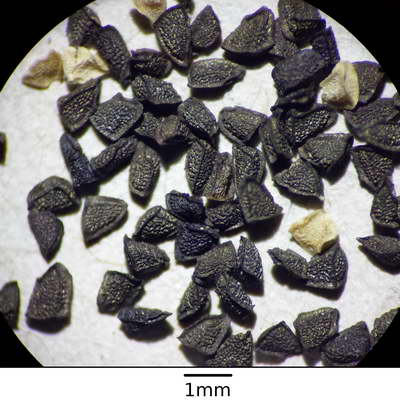

Linaria seeds
When to plant
- Annual seeds are sown in open ground in spring after the establishment of real heat (in the second decade of May). They will bloom in a couple of months.
- Perennial species should be sown in greenhouses in early spring, they will spend the first season on an experimental bed, next spring they can be transplanted to a permanent place of growth.
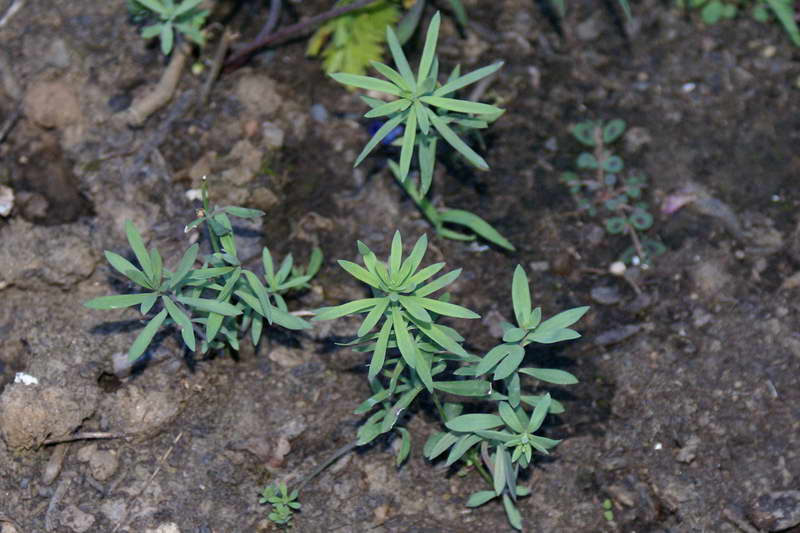

Seedlings of linaria toadflax photo
The seeds are very small, so cover them shallow (1-2 cm). Can be mixed with sand for easy sowing. Leave the distance between the rows 20-25 cm.It is also advisable to leave 20-25 cm in the row between the plants.
If you grow ground cover undersized species, you can plant it thicker, after 10-15 cm.
Medicinal (useful) properties
In folk medicine, toadflax has become widespread due to its expectorant, choleretic and analgesic properties. Some adherents of unconventional therapies also use toadflax as an anthelmintic drug. The general list of indications for the use of toadflax-based fees is quite extensive and includes such diseases and conditions as:
- dizziness;
- poisoning;
- cystitis;
- conjunctivitis;
- blepharitis;
- eczema;
- constipation;
- anemia;
- ARI;
- dropsy;
- anemia;
- metabolic disorders in the body;
- dyspnea;
- flatulence;
- jaundice;
- hernia;
- food poisoning;
- urolithiasis disease;
- diathesis;
- fungus;
- psoriasis;
- boils;
- myopathy;
- menstrual irregularities;
- angina;
- Meniere's syndrome and many others.
Flax received such a huge list of properties due to its biochemical composition.
Firstly, flaxseed contains the natural alkaloid peganin, which lowers blood pressure, normalizes the pulse, and also helps to increase the tone of the uterus and intestines.
Secondly, toadflax contains ascorbic, folic, formic, malic and citric acids, which cause antiseptic, alkalizing, antioxidant and metabolic effects.
Thirdlyflavonoid glycosides are a very important beneficial element of toadflax. They have antibacterial (antimicrobial) properties, and also reduce capillary permeability and increase the elasticity of red blood cells.
Fourth, this plant is also rich in vitamin C and carotene, pectin and tannins and saponins, which enable toadflax to become a full-fledged medicine in the future.
Choosing a site for landing
For planting annuals, a place well-lit by sunlight is preferable, and perennial species (varieties) are tolerant of light shading.
The soil is required to be loose, well-drained, preferably with the addition of peat, sandy loam or loamy soils are suitable. Perennial species grow well on any neutral soil.
Do not plant in lowlands or flooded areas; if the groundwater is close, build a high bed.
How toadflax is used in traditional medicine
Based on all the listed properties and characteristics of toadflax, by trial and error, many recipes of traditional medicine were created, a number of which are presented below.
Infusion for the treatment of purulent wounds and boils
For 400 ml of boiling water, 1 tablespoon of dried flaxseed.
Infused for 2-3 hours.
Next, the infusion is used to treat damaged or problem areas of the skin. For external use only.
Infusion for the treatment of kidney and liver disease
For TWO glasses of boiling water, 1 teaspoon of dried toadflax, corn silk and immortelle is taken.
Infused for 1-2 hours.
Then it is taken 3 times a day before main meals, one tablespoon.
Infusion that helps with Meniere's syndrome
For 1 glass of boiling water, 1 tablespoon of dried flaxseed.
Infused for no more than 10 minutes.
Take only after straining.
Infusion for bad breath, gum disease and toothache
For 1 cup of boiling water, 1 tablespoon of dried flaxseed.
The mixture is boiled for 10 minutes.
Further, the composition is filtered and cooled.
The resulting product can be used to rinse your mouth while brushing your teeth and after eating.
Infusion for flatulence and intestinal colic
For 1 glass of boiling water, 1 teaspoon of dried flaxseed.
Infused for 30 minutes.
Take only after straining 1 tablespoon 4 times a day.
Ointment effective for eczema and shingles
Option 1. For 5 tablespoons of pork fat, 2 tablespoons of dried flaxseed, ground into powder.
The mixture is heated, then filtered.
After cooling with the resulting composition, the damaged areas of the skin are lubricated.
Option 2. For 1 tablespoon of ethyl alcohol (70%) 2 tablespoons of dried flaxseed.
Infused for 1 day.
Next, the composition is placed in a water bath, where 10 tablespoons of internal pork fat are added to it and absolute evaporation of alcohol is expected.
After cooling with the resulting composition, the damaged areas of the skin are lubricated.
The ointment can be stored in a tightly closed container at room temperature.
Ointment for the treatment of hemorrhoids
For 3 tablespoons of melted pork lard, take 1 tablespoon of dried toadflax flowers, oak bark and water pepper.
The composition mixes well and cools.
It is used in the form of tampons soaked in this mixture, which are inserted rectally.
Where to buy toadflax ointment?
An ointment prepared according to a folk recipe has an excellent effect on the treatment of hemorrhoids, eczema, and lichen.
Recipe number 1: you should heat a mixture consisting of 2 parts of toadflax powder and 5 parts of pork fat, strain and lubricate the affected areas with the resulting ointment.
Recipe number 2: equal parts of toadflax flowers, oak bark, water pepper are soaked in melted lard, stirring, heated (the fat hardens a little) and poured into a bowl. Tampons moistened with this mixture are inserted into the anus with bleeding hemorrhoids for several hours.
Recipe number 3: 2 parts of grass and 1 part of 70% alcohol must be mixed, insisted for a day, add 10 parts of internal pork fat, stand in a water bath until the alcohol completely evaporates. Then the composition is squeezed out, filtered. Store the ointment in a sealed container at room temperature.
For external use, on the basis of toadflax, a healing ointment is prepared at home.
| Purpose of application | Preparation of medicinal ointment | Application |
| Hemorrhoids |
| Soak a cotton swab with ointment and apply to inflamed hemorrhoidal cones for 2 hours |
| Hemorrhoidal bleeding accompanied by severe pain |
| Spread the ointment on a small gauze napkin and inject for 5 hours into the anus |
| Mastitis, nodular goiter, prostate adenoma, lichen, eczema, rash |
| Rubbing sore skin three times a day |
You can buy toadflax ointment here in our online store, or from trusted herbalists, whose raw materials and production you are sure of. Flaxseed should be harvested in an environmentally friendly place, properly processed and dried in the open air.
For the preparation of the ointment, in principle, any fat of animal or vegetable origin is suitable. Melt the fat in a water bath in proportion to the color of toadflax 2 to 1. That is, 50 grams of grass is needed per 100 grams of fat.
Contraindications for toadflax
When using preparations based on toadflax you must first of all remember that flax is a poisonous plant. It is very important to observe the dosage and holding time when preparing formulations according to recipes. It is imperative to keep in mind that the course of treatment with toadflax-based preparations, used internally, cannot last longer than 10 days. Also, if side effects such as dizziness, nausea, headaches, profuse salivation, heart failure, fainting appear, you must immediately stop using the drugs.
For certain groups of people, flaxseed preparations are strictly contraindicated. Such persons include:
- pregnant and lactating women;
- children under THREE years of age;
- hypertensive patients;
- people with diagnoses of liver cirrhosis, tachycardia and extrasystole;
- as well as people with known renal and / or hepatic dysfunction.
Keep in mind that only a qualified specialist can accurately calculate the dosage and duration of the course of treatment with toadflax.
Syn .: sharkina, rams, shoemaker, runner, budra, vidalnik, gladovnik, throat grass, grimon, divina, longsail, cucumber spirit, gill, frogs, gills, jaundice, jaundice, bend, lightning, calls, bells, hare blood, cowshed, cow's oil, kudrinets, cuckoo's tears, wild flax, flax, flax, flax, flax, flax grass, flax, flax, mead, honeydew, milkweed, fly agaric, nemica, nutrennik, borage, ostudnik, piculki, poskrynnik, consumable, saffron milk cap, hazel-grouse, sickle, sickle cutter, centipede, estate, stool, hatchets, guillemot, husk, clairvoyant, women's flax, shoemaker, etc.
A perennial herb that grows everywhere. Shows pronounced therapeutic effects (laxative, aphrodisiac, choleretic, anthelmintic, detoxifying, etc.). It has good melliferous and decorative qualities.
The plant is poisonous!
In medicine
Toadflax is not used in official medicine, however, pronounced medicinal properties are of interest for scientific medicine. Experimentally (Prof. M.D.Russian) found that toadflax extract acts as a mild laxative on patients with intestinal atony, bloating, prolonged constipation, and peganin (isolated from the plant by him), in turn, has a positive therapeutic effect in muscular dystrophy and myopathies. German doctors prescribe water infusion of toadflax for jaundice, inflammation of the bladder, constipation, lethargy of the intestines and hemorrhoids. Toadflax alcohol extract is used in Korea as a sedative. In Mongolia, toadflax preparations are used for ascites, dog bites, wild animals and joint diseases. In small quantities, toadflax is used for headaches with vomiting (Meniere's syndrome) and bedwetting. Increased urination is observed in the next 2 days after stopping the drug.
In homeopathy, an essence is prepared from the common toadflax herb, which is recommended for diseases of the liver, gallbladder, edema of cardiac and renal origin, hemorrhoids, menstrual irregularities, chronic constipation, flatulence, postoperative intestinal and bladder atony.
Contraindications and side effects
Common toadflax is a poisonous plant and its toxicity should be taken into account when used for medicinal purposes. Therefore, prolonged use (especially inside) of drugs based on it requires caution and strict adherence to the dosage in order to avoid side effects (nausea, vomiting, severe salivation, heart failure, severe dizziness, headache, sharp abdominal pain, indigestion and even fainting), poisoning ... The use of toadflax is contraindicated in children, women during pregnancy and lactation, patients with cirrhosis of the liver, with renal and hepatic dysfunction, paroxysmal tachycardia and extrasystole. The course of treatment and the individual dosage for the use of toadflax should be determined by a specialist.
In other areas
Common toadflax is also of economic importance, it is used to destroy insects in animal rooms.
Common toadflax (Latin Linaria vulgaris) is a species of the genus Linjanka (Latin Linaria) of the Scrophulariaceae family. The genus includes about 150 species of herbaceous plants growing in the extratropical regions of the Northern Hemisphere, mainly in the Mediterranean. Of these, 60 species are found in the Caucasus and Central Asian countries.
Some species of toadflax are endemic (for example, toadflax (lat. L. pyramidata) is endemic to Armenia). The list of rare species of Europe already includes 18 species of toadflax, including 5 - Portuguese and 8 - Spanish. In Russia, a number of species of the genus already have a conservation status and are in the regional Red Data Books: Altai toadflax (Latin Linaria altaica) - in the Red Data Book of the Republic of Bashkortostan; Biberstein's flaxseed (Latin Linaria biebersteinii) - in the Red Book of the Lipetsk region; fragrant flaxseed (Latin Linaria odora) - in the Red Book of the Saratov region; chalk flax (Latin Linaria cretacea) - in the Red Book of Rostov and Saratov regions, Kazakhstan and Ukraine.
Perennial herb with a height of 30-60 and more (90) cm. The root system is pivotal. It has long creeping shoots. Branched stems, densely leafy. Leaves are numerous, alternate, sessile, without stipules. The leaf blade is whole, glabrous, lanceolate-linear, narrowed towards the base. The flowers are bisexual, zygomorphic (irregular), collected in dense long racemose inflorescences. Bracts are lanceolate, usually larger than pedicels. Inflorescence axis, pedicel and calyx are glandular pubescent. The perianth is double, 5-membered. The calyx is foliated (about 3 mm in length), dissected to the base, with lanceolate thin-pointed lobes. Corolla with spur, two-lipped, with a spur (20-30 mm in length) and a closed pharynx, whitish-yellow, with a bright orange spot on the convex part of the lower lip.There are 4 stamens, of which 2 are longer. Filaments are attached to the corolla tube. Ovary superior, of 2 carpels, 2-celled, with a large number of ovules. The fruit is a capsule. Seeds are numerous (about 32 thousand) with a membranous fringe, for easier spreading by the wind. Propagated by seeds and suckers. Blooms for quite a long time (June-September). Begins to bear fruit in August.
Common toadflax is found almost everywhere in Russia. Prefers dry meadows, fields, disturbed forests, roadsides, railway embankments, forest glades and edges. As an invasive and weed plant, it is often found in non-traditional habitats, for example, as a common weed in forage grasses. They are bred (like other species of the genus) as an ornamental plant.
Regions of distribution on the map of Russia.
Herb is used for medicinal purposes. Raw materials are harvested during flowering from June to August. Cut off the entire aerial part of the plant in dry, sunny weather at a distance of about 6 cm from the ground. Raw materials are laid out in a thin layer (3-5 cm) on a clean bedding and dried outdoors in the shade under a canopy or in a room with good ventilation. Finished raw materials are stored in dense cotton bags or wooden boxes lined with paper. The taste of the finished raw material is spicy, salty-bitter, shelf life is 1-2 years.
The chemical composition of common toadflax is based on the alkaloid peganin, flavonoid glycosides (acetylpectolinarin and linarin, linarizin, neolinarin, pectolinarin). In addition, from the toadflax grass, phytosterols, triacanthin, organic acids (citric, formic, folic, malic and acetic), saponins, pectin and tannins, vitamin C, and carotene were isolated. Toadflax seeds contain about 32-35% fatty oil. During hydrolysis, glycosides release paraffins and hydrocyanic acid.
Pharmacological properties
The pharmacological properties of toadflax are due to its chemical composition. Toadflax preparations (extract, essence) exhibit many therapeutic effects: astringent, anti-inflammatory, detoxifying diaphoretic, analgesic, antiseptic, choleretic, antihelminthic, diuretic, laxative (lung), cleansing, expectorant and tonic. The alkaloid peganin lowers blood pressure, improves heart rate and normalizes the contraction of the heart muscles, increases the tone of the uterus and intestines, regulates the activity of the digestive tract, and normalizes metabolism.
Application in traditional medicine
The healing properties of toadflax are widely used in folk medicine in many countries for a long time. In folk medicine, a decoction, infusion, tincture and even tea from toadflax herb are used with a positive effect for shortness of breath, dropsy, headache, dizziness (accompanied by vomiting), for diseases of the bladder and bedwetting, hemorrhoids, diathesis, anemia, cystitis, urolithiasis diseases, ascariasis, the initial stages of prostatic hypertrophy, as well as for the treatment of gout (for greater efficiency, toadflax is mixed in equal proportions with knotweed). For hemorrhoids, toadflax preparations are used internally, but more often externally, especially with hemorrhoids. In addition, with hemorrhoids, infusion of toadflax herb is prescribed at night in the form of microclysters. A decoction of toadflax herb in milk is used to compress hemorrhoids. Infusion of toadflax grass is very useful for constipation and intestinal distention as a mild laxative, and also for coughing as a good expectorant. A decoction of toadflax seeds is used as a laxative and choleretic agent. Infusion of toadflax is used to improve the functioning of the stomach, especially the intestines, get rid of flatulence, increase the secretion of bile, urine, sweat, treat inflammatory processes of the respiratory tract, as well as conjunctivitis (for washing sore eyes).In folk medicine, a decoction of herbs gargle with sore throat, infusion of herbs in warm water make lotions for fungal diseases, lichen, scrofula and jaundice.
Toadflax is used in many medicines, for example, in Tibetan medicine, toadflax is used for swelling of the joints, a compress on a sore joint and an infusion of herbs inside are recommended. In German folk medicine, toadflax grass is used to treat inflammation of the kidneys, bladder and urinary retention.
Common toadflax is quite widely used in home dermatology and cosmetology in the form of ointments, infusions and decoctions in warm water and milk for washing, rubbing, compresses, lotions, trays and sitz baths (for hemorrhoids, sometimes an ointment made from fresh green grass juice on lanolin), various skin rashes, fungal diseases, eczema, psoriasis, scrofula, jaundice, wounds, ulcers, lichen, dermatitis, warts, polyps, boils, acne, rash, abscesses, as well as for washing the head with itching, dandruff, as well as hair loss and for better hair growth.
Common toadflax has been used as a remedy since ancient times. Ancient healers applied a poultice of toadflax leaves to sore eyes to stop lacrimation. For childhood ulcers, for healing and scarring, an ointment was applied from a mixture of dry toadflax powder with lard, while the plant's juice was allowed to drink during the day. Toadflax grass powder was used to sprinkle old ulcers, places affected by fire, fistulas with pus. The juice of toadflax grass and plantain leaves in equal parts was given to a patient suffering from bloody diarrhea to drink.
It was believed that if a person consumes syrup (with a small amount of olive oil) from toadflax grass when the Sun enters the constellation of Aries, then for a year he may not be afraid of poisons when bitten by snakes, scorpions, and will also be delivered from all evil (ancient treatise Amirdovlat Amasiatsiya). Therefore, the toadflax medicine was called “saving, redeeming”, which saves from all kinds of poison and protects from it ”.
1. Atlas of medicinal plants of the USSR / Ch. ed. acad. N.V. Tsitsin. M .: Medgiz, 1962.S. 14-16. 702 s.
2. Belousova L.S., Denisova L.V. Rare plants in the world. M .: Lesnaya promyshlennost, 1983.344 p.
3. Biological encyclopedic dictionary / Ch. ed. M.S.Gilyarov) 2nd ed., Corrected. M .: Sov. Encyclopedia. 1989.
4. Gubanov, I. A. et al. 1148. Linaria vulgaris Mill. - Common toadflax // Illustrated guide to plants of Central Russia. In 3 volumes - M .: T-in scientific. ed. KMK, Institute of technologist. Issled., 2004. T. 3. Angiosperms (dicotyledonous: dicotyledonous). P. 181.
5. Plant life / Ed. A. L. Takhtadzhyan. M .: Education. 1981. T. 5. Part 2. 425 s.
6. Yelenevsky A.G., M.P. Solovyova, V.N. Tikhomirov // Botany. Taxonomy of higher or terrestrial plants. M. 2004.420 p.
7. Kupriyanova LA Genus 1328. Flax - Linaria // Flora of the USSR. In 30 volumes / Started under the leadership and under the main edition of Acad. V. L. Komarova; Ed. Tom B.K.Shishkin and E.G. Bobrov. M.-L .: Publishing house of the Academy of Sciences of the USSR, 1955.T. XXII. S. 201-202.
8. Nikiforov Yu. V. Altai herbs-healers. Gorno-Altaysk: Yuch-Sumer - Belukha, 1992.
9. Matveeva TV, Bogomaz DI, Pavlova OA, Nester EW, Lutova LA. Horizontal gene transfer from genus agrobacterium to the plant linaria in nature // Mol Plant Microbe Interact. 2012 Dec; 25 (12): 1542-51. doi: 10.1094 / MPMI-07-12-0169-R.
10. Shantser I.A. plants of the middle zone of European Russia (Field Atlas). KMK. M. 2007.470 p.
see also
How to care for toadflax in the garden
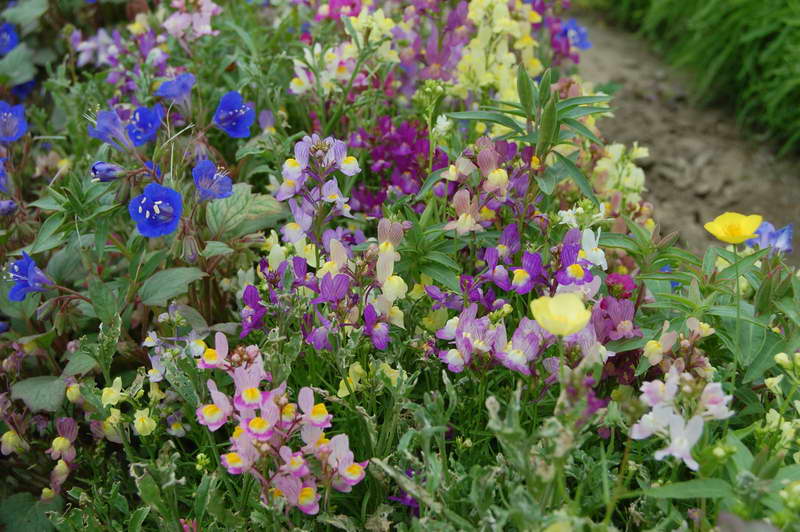

Toadflax in the garden photo
In order for linaria or toadflax to grow and develop normally, it is necessary to provide minimum care measures.
It is enough to water the plant during prolonged drought, remove weeds and loosen the soil.
When planting in nutritious soil, additional feeding is not needed. Perennials next spring should be fed with complex mineral fertilizers.
Medicinal properties and application
All types of toadflax contain alkaloids and useful substances, but in folk medicine, flaxseed is often used.
Toadflax Moroccan is popular when decorating a garden. But do not forget that all parts of this plant are poisonous.
Toadflax is used in infusions and decoctions. Toadflax ointment and oil based on it are also widely used.
Chemical composition of toadflax
Toadflax is rich in the alkaloid peganin, flavonoid glycosides. In addition, from the herb receive: phytosterols, triacanthin, organic acids, saponins, pectin and tannins, vitamin C, carotene. Toadflax seeds contain about 32-35% fatty oil.
The healing properties of toadflax
Decoctions from the green part of the plant have astringent, diuretic, anti-inflammatory, diaphoretic, analgesic, antiseptic, laxative and expectorant properties. Toadflax ointment was applied to children's ulcers and scars, combined with the use of a decoction.
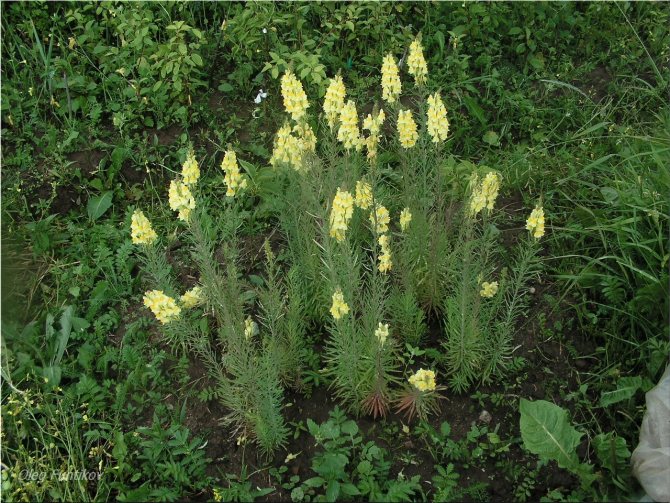

Contraindications
Like any medicine, flaxseed requires consultation with a doctor before use.
Do not use preparations containing grass and toadflax seeds for pregnant women and women during lactation, children under 3 years old, people suffering from hypertension and severe cardiovascular diseases, allergic reactions.
Overdose can cause dizziness, stomach pain and upset, and fainting.
Ointment
Linseed ointment was used in ancient times, mixing it with lard and applying it to wounds. Currently, the ointment has received wider application in the treatment of hemorrhoids, prostatitis, nodular goiter, prostate adenoma, mastitis, as well as for problems with muscle dystrophy and purulent wounds. The ointment helps to solve problems with skin rashes, eczema, mastopathy and fungus.
Preventive herbal tea
Helps to recover from illness (acute respiratory infections, kidney disease, enuresis, cystitis). Restores the microflora of the stomach, improves appetite.
Compresses for the treatment of ulcers and abscesses with an analgesic effect
Toadflax infusion has been used for the treatment of skin diseases for a very long time. One tablespoon of dry herb is brewed with boiling water (400 ml) and infused for 2-3 hours. Apply a compress to the affected areas.
Infusion of dry toadflax for flatulence and intestinal colic
To prepare the infusion, you need to brew 1 teaspoon of dry toadflax herb, a glass of boiling water and boil for 10 minutes. The solution must be filtered and cooled. Apply 4 times a day, one tablespoon.
Decoction of toadflax herb for rinsing with inflammation of the oral mucosa, tonsillitis and bad smell
Add one tablespoon of dry herb to boiling water (300 ml) and continue boiling for 10 minutes. Insist 30 minutes, take 1 tablespoon 4 times a day.
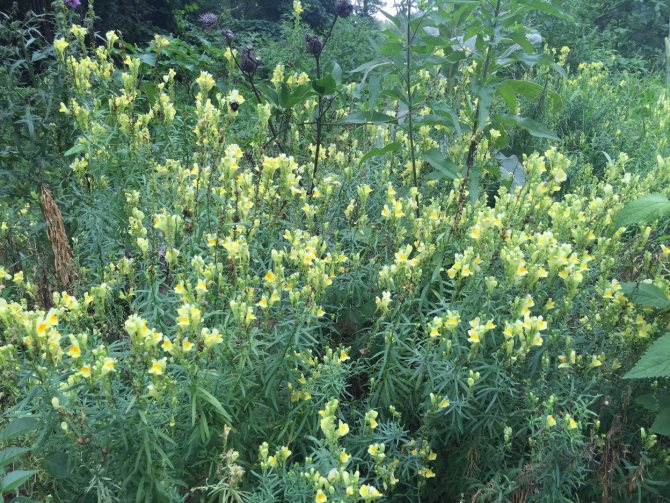

To increase blood pressure, heal the liver and normalize kidney function
To prepare the mixture, you must mix 1 teaspoon of dry toadflax grass, immortelle and corn stigmas. Pour the mixture of herbs with boiling water and leave for 2 hours. Apply the infusion 3 times a day before meals.
Remedy for eye diseases
Mix flaxseed, cornflower and elderberry in equal proportions (20 grams each). Pour boiling water (400 ml) and leave for 8 hours in a thermos. Strain the infusion. Apply lotions and wash the eyes 5 times a day, until complete recovery.
Toadflax decoction in milk
They are mainly used for external use. Compresses with a decoction are applied to the hemorrhoids for the whole night, and in the morning they are washed with a decoction of stinging nettle. To obtain a decoction in milk, pour 300 ml of milk into an enamel or glass dish, add 5 tbsp. l. dry grass. Simmer over low heat until the solution thickens.
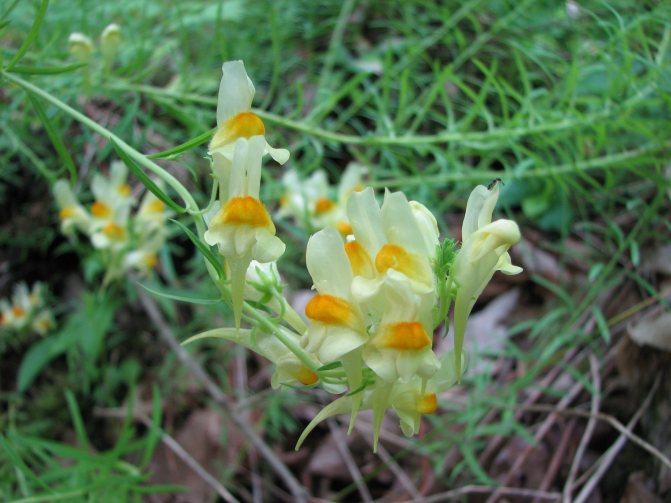

External and internal use
Application: in folk medicine, infusion and decoction of toadflax herb is used as a laxative, diuretic and choleretic agent for constipation, flatulence, liver and kidney diseases.
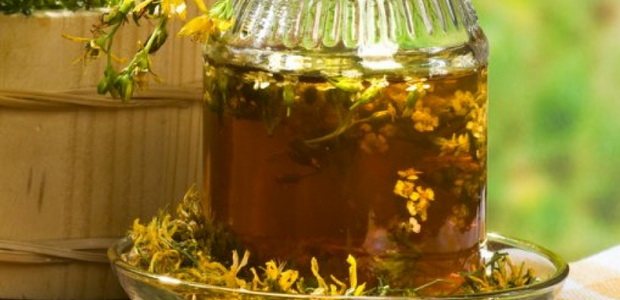

Infusion of toadflax improves the functioning of the stomach and especially the intestines, removes gases in case of flatulence, reduces and stops inflammatory processes (infiltrates decrease and dissolve).
Internal use of toadflax in medicine - tea, infusions are prescribed for headaches, shortness of breath, as a good expectorant for coughing, as an antidote for poisoning, for diseases of the bladder and bedwetting, especially in children.
External use of toadflax ordinary: rinse the throat with a decoction for sore throat, make baths for conjunctivitis, wash with acne.
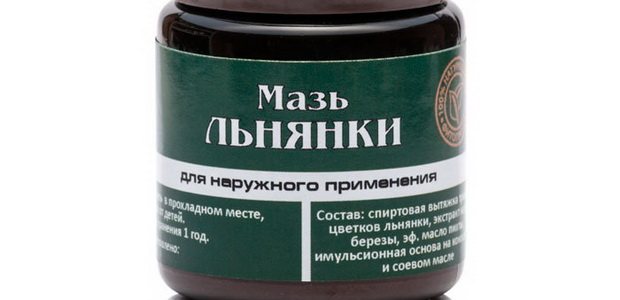

Toadflax ointment is recommended to restore physical activity in muscular dystrophy, paralysis, myopathies. The use of the ointment in the form of massage and rubbing helps to strengthen and restore tendon reflexes, build up strength in the muscles of the limbs.
The ointment is rubbed into the scalp for rapid hair growth, as well as in the treatment of eczema and psoriasis.
Outwardly, in the form of an ointment prepared on a fat basis, toadflax is used for hemorrhoids, inflammation of the veins and skin irritations.
Compresses and poultices with decoction due to the unique beneficial properties of toadflax are applicable for rashes, eczema, acne and furunculosis.
Blank
Toadflax is a poisonous plant, therefore, the harvesting of raw materials should be carried out with gloves, and after the end of the process, hands should be thoroughly washed with warm water and soap.
Not only medicinal, but also dangerous properties are possessed by such plants as hemlock, belladonna, cocklebur, hogweed, corydalis, wolfberry, comfrey, dodder, crocus, berry yew, rue, swimsuit.
For the treatment of various health problems, use only grass, the rhizome is considered dangerous, as it concentrates the maximum amount of toxic substances. Grass harvesting takes place during the flowering period of the plant. It is necessary to collect raw materials in dry, sunny weather, so that it dries better and is stored longer after drying.
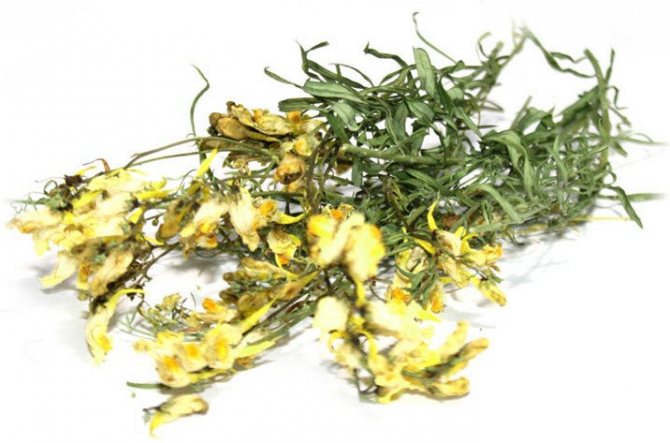

It is necessary to cut the plant not at the root, but retreating from the ground about 10 cm.The freshly cut raw material smells rather harsh and unpleasant, and during the drying process the smell intensifies.
You do not need to grind the grass before drying. In order for the raw material to dry quickly and well, spread it on a newspaper in the thinnest possible layer in a well-ventilated room or outdoors under cover or in the shade. The drying process usually takes 2-3 weeks depending on temperature and humidity.
It is better to store ready-made raw materials in a canvas or paper bag, in a dark and dry place. If all the processes were performed correctly, then the herb will retain its beneficial properties for 1 year.
Important! Do not place other bags with medicinal raw materials next to flaxseed - it can deteriorate or absorb unpleasant odors.
Indications for use
Medicines made from the aerial part of toadflax are indicated for the following diseases:
- anemia;
- diathesis;
- ophthalmic and dental diseases;
- angina;
- urolithiasis disease;
- cystitis;
- skin diseases;
- phlebeurysm;
- mastopathy;
- diseases of the gastrointestinal tract;
- ARI and ARVI;
- Meniere's disease.
Medicines are also recommended for flatulence, hemorrhoids, bedwetting and dizziness accompanied by vomiting.
Household use
In everyday life, toadflax is used as an insecticide against insects in pets.
The benefits of flaxseed oil
Flaxseed oil is used for massage with muscle atrophy, paralysis, stretching. You can prepare it yourself using base oil. As a base oil, you can use olive oil, sunflower oil, grape seed oil, linseed oil, etc. One part of the herb is heated in three parts of an oil base for 30 minutes in a water bath. Allow to settle for a day and repeat heating 3 more times. Filter the oil and add red hot pepper to the bottle. Store in a cool, dark place. Sediments may form during storage, so shake the container with oil before use.
What does the common toadflax look like: photo and description
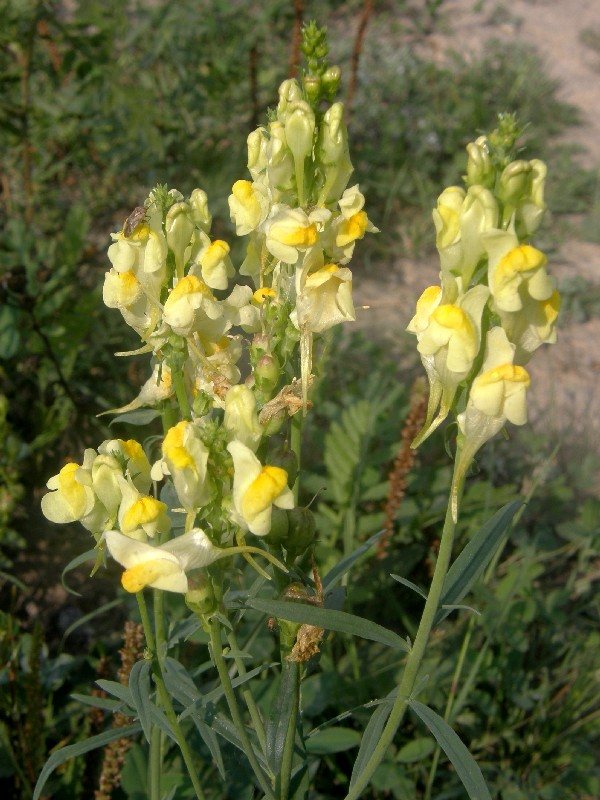

Toadflax is a short plant reaching 50 cm in height
Toadflax is a herbaceous perennial with a long rhizome, erect stem and linear pointed leaves. The yellow flowers that appear in this plant in summer are collected in spike-shaped inflorescences. After the end of the flowering period, the toadflax produces many small seeds. The plant can be found along the roads and in the fields. Wild flax is widespread in Western Siberia and the European part of Russia. Toadflax is also found in Asia and European countries.
Toadflax has many other names. The most famous of these are snapdragons, dogs, gills, wild flax, shoemaker, ostudnik, fortidoor, fire-grass, cuckoo's tears, and flax and throat grass.
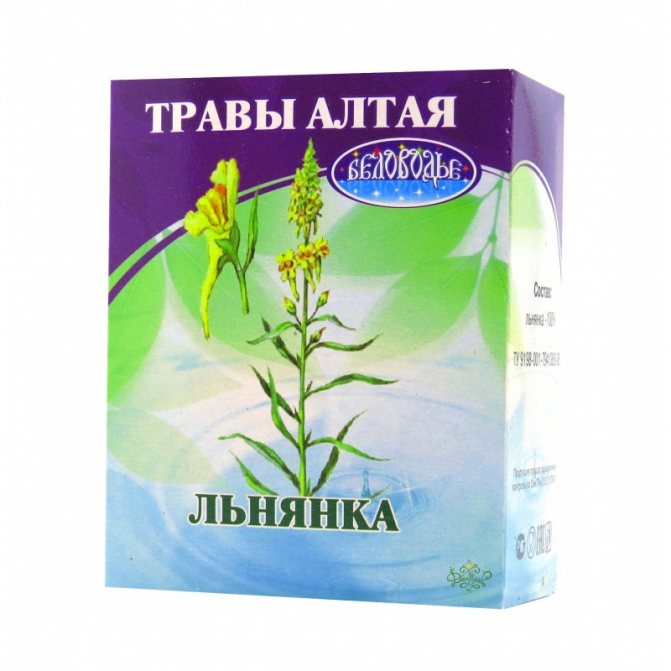

Herbal raw materials for the preparation of medicines can be found in pharmacies
A variety of plant varieties are used in landscape design, but only one species is used as the main ingredient for the preparation of medicines, namely, Common. Perennial is not included in the State Register of Medicines of the Russian Federation, but you can buy various preparations based on toadflax in pharmacies and online stores. Broths, ointments and infusions are easy enough to prepare at home, collecting vegetable raw materials yourself or buying them at a pharmacy kiosk.
Toadflax description where it grows
Common toadflax (lat. Linaria vulgaris) belongs to the species of the genus "Toadflax" of the "Plantain" family. Due to its prevalence, it has many popular names: guillemot, doggie, wild flax, gills and many others.
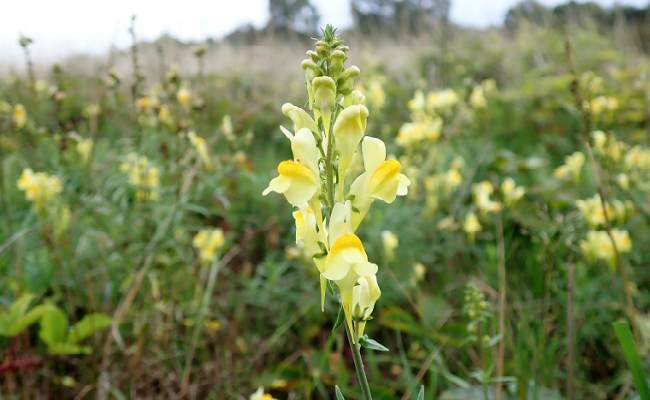

It can be found at the edge of a field, forest, ditches, by the road. Toadflax is able to adapt to almost any growing conditions. It can grow on gravel, mountain slopes, rocks.
Like a weed, it grows in fields among crops. Grows throughout Europe, including the western and eastern parts of Siberia, the Far East, China. It was introduced to Canada, America, Australia, New Zealand and even Chile. Refers to invasive plants.
This is a perennial herb with a tap-stem, the height of which reaches from 60 to 90 cm. The root can grow into the ground to a depth of 1 meter.
Leaves are narrow, linear, pointed towards the end, 2-6 cm long and about 1-5 mm wide, gray-green in color.
The flowers are similar to snapdragons. Pale yellow except for the lower tip, which is orange. Blooms from mid-summer to mid-autumn. Pollinated mainly by bumblebees and bees, since the flower is largely covered by the lower lip.
The fruit is an oval-elliptical capsule. One plant can produce up to 30,000 seeds, which are easily carried by the wind. Propagated by seeds or vegetatively by root shoots.
Infusion, tincture and decoction recipes
Recipes for the preparation of dosage forms:
- infusion as a laxative, diuretic or diaphoretic: 1 teaspoon of herbs per 200 ml of boiling water, leave for 1 hour in a thermos, filter, squeeze. Take 1 / 3-1 / 2 cup 3 times a day 30 minutes before meals. The course of treatment should not exceed 7-10 days.
- broth: 2 tablespoons of chopped herbs in 1 glass of water or milk, boil for 10 minutes, let cool to 40 ° C, filter. Take 1 tablespoon 15 minutes before meals. If this broth is made with highly crushed grass, then the warm gruel is used for compresses for hemorrhoids, furunculosis, rashes, eczema. Toadflax quickly relieves pain and reduces inflammation.
- broth for microclysters for hemorrhoids: 1 tablespoon of herbs per 1 glass of boiling water, boil for 2-3 minutes, leave under the lid for 3 hours, filter. Use 50 ml for microclysters or lotions for internal and external hemorrhoids. Introduce the broth into the rectum and lie down for half an hour.
- steam for cancer of various localization: 1 dessert spoon of herbs per 1 glass of boiling water, steam in a boiling water bath for 15 minutes, leave for 45 minutes.Take 1 tablespoon 3-4 times a day 15-20 minutes before meals. The same vapor can be used for washing and lotions for external tumors.
- infusion for Meniere's disease (a disease of the inner ear, causing an increase in the amount of fluid in its cavity): 1 tablespoon of herbs per 1 glass of boiling water, leave for 10 minutes, filter. After cooling down, take 125 ml warm 2 times a day, preferably before meals.
- tincture for muscular dystrophy, paralysis, myopathy: 2 parts (by volume) dry toadflax herb for 10 parts of vodka, insist for 3 weeks, shaking occasionally. Take 30-40 drops 3 times a day before meals at normal pressure.
- tincture for hypotension: 50 g of dry grass per 0.5 l of vodka, leave for 15 days, filter. Take 20-30 drops 3 times daily before meals with water.
- infusion for the treatment of eye diseases: 1 tablespoon of herbs per 500 ml of boiling water, insist 3 hours in a thermos, filter. Use for rinsing and lotions.
- infusion for inflammation, suppuration and to improve vision: mix toadflax, blue cornflower and elderberry flowers in equal proportions. 1 glass of the mixture for 400 ml of boiling water, insist in a thermos for 7 hours. Apply for lotions or rinsing.
- juice or infusion for blepharitis, trachoma, conjunctivitis: dilute with boiled water to body temperature 1: 1 with toadflax juice or an aqueous extract of dry grass to make lotions on the eyes.
- oil tincture for muscular dystrophy, paralysis, myopathy: 1 part of toadflax herb to 3 parts of olive (sunflower, linseed, cottonseed, corn) oil, heat in a water bath for half an hour, close tightly, stand for a day. Then repeat the heating, again stand for a day and so repeat 3 times. Filter the resulting oil into a dark glass container and put 1/4 part of red hot pepper on 0.5 l of oil. Keep refrigerated. Shake well before use. Use as a massage product.
- ointment: 4 parts of toadflax herb, 1 part of eucalyptus leaves, 1 part of chamomile flowers. Grind the herbs and pour 100 g of the mixture with 300 g of fatty base (palm oil, coconut oil, interior fat), put in a water bath and simmer for 30 minutes, filter warm. Keep refrigerated. Rub the area of the thyroid gland with ointment with nodular goiter, lubricate external hemorrhoids, mammary glands with mastitis and fibrocystic mastopathy, the lower abdomen and groin area with prostate adenoma and prostatitis, skin with eczema, lichen, rashes, temple area with headache and illness Meniere - for the last two purposes, the ointment can only be made from toadflax flowers alone.
- ointment for the treatment of hemorrhoids: mix 2 parts of dry toadflax with 5 parts of lard. Bring the mixture to 70 ° C and set aside from heat, leave for 24 hours and heat again. Repeat the whole process 3 times. Then filter into a sterilized glass jar and close with a sterile lid. Keep refrigerated. The ointment is injected for 4-5 hours on a gauze swab into the anus, stops hemorrhoidal bleeding and pain.
- ointment for the treatment of acne, acne, rash, boils: pour the chopped grass with 70% alcohol in a ratio of 2: 1 or vodka 1: 1, leave for 1 day, filter. Then add lard to the tincture in a ratio of 1:10 and warm up in a water bath until the vodka completely evaporates, filter the mixture into a dark glass container. Keep refrigerated.
- ointment: soak flaxseed, oak bark and water pepper (in equal parts) for 12 hours in pre-melted pork fat, stirring occasionally. Heat until the fat dissolves, filter into a dark glass dish. Keep refrigerated. Ointment on a tampon is injected into the anus to relieve pain in hemorrhoids and stop bleeding.
- ointment: grass (2 parts) should be poured with 70% alcohol (1 part), closed, insisted for a day, add lard (10 parts), heat in a water bath to evaporate alcohol, filter. Apply the ointment to the diseased and affected areas.
Contraindications: toadflax is classified as a poisonous plant. Be sure to compare the beneficial properties of toadflax and contraindications before starting any course of therapy.
- It is not recommended to use in large doses.
- Contraindicated in pregnancy, lactation and children under 9 years of age.
- Do not use it for dyspepsia.
- Contraindicated in hypertension, heart disease with paroxysmal tachycardia and extrasystole.
- Any toadflax preparations should not be used internally for more than 10 days. It is necessary to take a break for 7 days and then continue treatment.
- External use of toadflax has no restrictions.
- Toadflax causes severe poisoning in horses, rarely in cows and calves.
Symptoms of poisoning in animals: drooling, diarrhea, foam from the mouth, feces with a fetid odor, general weakness, clonic and tonic convulsions, impaired cardiac activity. The death of animals occurs after collapse in 11-16 hours.
Treatment: symptomatic.
Prevention: exclude hay containing more than 12% toadflax from the diet; when grazing on pastures, give animals lick salt with sulfur.
Common toadflax: application
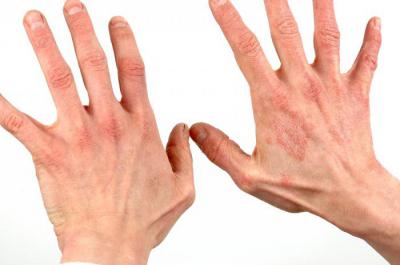

In addition, toadflax, according to reviews of old herbalists, increases potency in men and treats menstrual irregularities in women. Also, this plant strengthens hair and relieves various types of pain.
Toadflax herb is especially effective for skin diseases. On its basis, special lotions are made for lichen, acne, dermatitis, fungal skin lesions, furunculosis and diathesis.
Helpful information
In addition to its medicinal properties, wild flax boasts a wide range of applications in other areas of life:
- To reduce itching with severe dandruff and hair loss, a mask of decoction of wild flax and burdock root, mixed with fresh onion juice, helps.
- Rinse hair well with a decoction of wild flax to improve growth.


- Alcohol infusion of toadflax is used to wipe or cauterize teenage acne and rashes. It is added to lotions and toners for wiping the skin. Warm lotions are made from a water decoction to heal small wounds after pustules and reduce scarring on the skin. Plant sap removes warts.
- Wild flax extract is sprayed into premises to kill insects.
- Snapdragon is used in ornamental gardening.
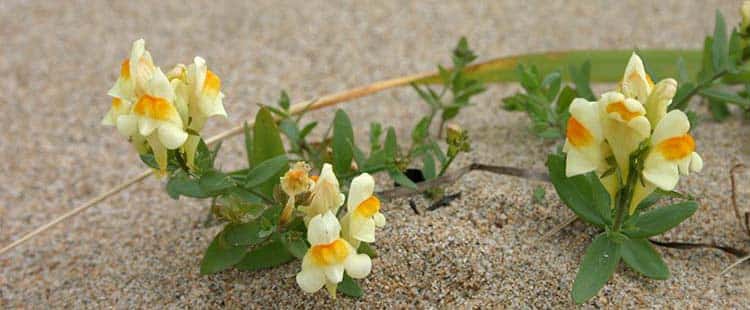

- It is considered an excellent honey plant.
- Yellow flowers were used to dye fabric or wool to a yellow tint.
- The main magical properties of snapdragon are protection from dark forces. Amulets are made of its flowers, which are able to protect the owner from deception, talismans that increase wealth. Snapdragon is also included in magical herbal preparations to protect the home and household from the evil eye, damage. All these properties are possessed by the herb collected before sunrise or on the night of Ivan Kupala.
Botanical description
Common toadflax is a herbaceous plant 30-60 cm high, sometimes growing up to 90 cm - a gigantic species. The root system of the plant is a rod or long rhizome with creeping shoots.
Stems are straight, simple or branched, densely covered with linear or linear-lanceolate smooth light or dark green leaves, curled around the edges. The leaf plates have one, sometimes three, veins.
Flowers are large, two-lipped, with a spur, collected in apical racemes, the length of which varies from 5 cm to 15 cm. Axes, pedicels, the length of which is 3-8 mm, and sometimes the calyx is covered with glandular hairs. Bracts are lanceolate. The corolla of the flower has a yellow tint. A bright orange bulge stands out on the lower lip, it also has rounded lobes 5 mm wide. The upper lip is much larger than the lower lip, with a notch 2.5–3 mm deep. The flowering period is June-August. The color of the flowers is yellow.
Due to the fact that the flower is covered with the lower lip, it can only be pollinated with the help of large insects, for example, bees, bumblebees. Most species of butterflies love to feast on this flower.
The fruit is an elongated elliptical box. Fruit length can reach up to 11 mm, width - 7 mm. Seeds are small, round, with a membranous edge, tuberous in the center.It is known that seeds contain about 35% fatty oil. One plant can produce up to 30 thousand seeds.
Planting and leaving
The cultivation of toadflax does not provide for any special agricultural techniques. The unpretentiousness of this culture allows it to be planted on any dry, non-boggy soils, and it is enough to include rare watering during especially dry periods and removing weeds in the care of flaxseed. The plant loves light, but will not become a competitor for more ornamental or fruit crops, since it is ready to be content with the poorest soils and rocky soils, including embankments and slopes. The only thing that can become detrimental to this plant is low-lying wetlands and too clayey moisture-absorbing soils. Toadflax flowers do not require shelter in winter.
People often call toadflax "snapdragon", although it is a completely different, albeit related plant.
Feedback on the results of use
I got to know the toadflax when I was diagnosed with mastopathy on an ultrasound scan. My husband was then engaged in the manufacture of phytopreparations and brought me toadflax ointment. I smeared it for a long time, for about 3 months, for sure, I regularly did ultrasound, which showed a decrease in fibrous nodes. Gradually, the mastopathy did not become, the chest stopped hurting, even before menstruation. By the way, this ointment goes well with any other ointments, including hormonal ones.
Olga
I used a cream-balm with toadflax extract. It effectively helps to relieve discomfort, itching and even swelling in a delicate place with a disease such as hemorrhoids. I was pleasantly surprised that a natural remedy can effectively help with the inflammatory process, no worse than publicized advertising means.
Viktoria_Dymka
The use of common toadflax
Externally and internally, fresh and dry toadflax grass is used; it is necessary to cut and harvest it for the winter when the plant is just blooming. It is best to dry it in the fresh air, because common toadflax has a specific unpleasant odor, which, when dried, can intensify even more.
As a medicine, decoctions, infusions and ointments are used. With the help of trays and lotions, skin diseases, lichen, hemorrhoids and warts can be cured. The infusion must first be diluted and processed with the help of its hair, so you can get rid of dandruff.
For skin diseases, in cases of boils, purulent wounds, ulcers, acne, hemorrhoids, it is recommended to use such a mixture, it will require a tablespoon of dried grass, half a liter of boiling water, mix everything and insist for up to 3 hours. The product is good for washing and compressing. Also, the infusion helps well for the treatment of the throat and oral cavity, they need to rinse, before that, do not forget to strain.
For constipation, such a tincture is recommended, for it you need to take a glass of vodka, a tablespoon of toadflax herb, insist for several hours. Drink at night. Store only in a cool place.
In case of kidney and liver diseases, it is recommended to use such a collection, it includes immortelle, toadflax and corn silk. All plants complement each other, therefore they are very useful.
Traditional healers use the plant to treat anemia, metabolism. With the help of it, you can help a person get rid of a dry, debilitating cough, because it promotes the secretion of more mucus, helps get rid of shortness of breath, and improves health with hernia and jaundice. The plant has cleansing properties, which is why it is often used in case of poisoning.
With the help of toadflax, you can cure fungus, ascariasis, urinary incontinence, the effect will increase if you take decoctions based on the plant and externally. Medical scientists have proven that this is a unique type of plant that helps with cardiopathy, encephalopathy, and if muscles atrophy.
One of the remedies is an ointment made from toadflax, it can cure eczema, lichen and hemorrhoids. For cooking, you need to take a fifth of pork fat, the second part of toadflax powder, heat everything, insist and lubricate sore spots.
Such an ointment will help get rid of painful bumps that occur with hemorrhoids, it will require oak bark, water pepper, toadflax flowers, add melted pork fat to this mixture, warm up and insist. At night, tampons soaked in this mixture are applied to the sore spot.
Such an ointment is also very useful, for its preparation you need to take 2 parts of toadflax, 70% alcohol, mix everything, insist for a day, add pork fat, boil in a water bath until the alcohol completely evaporates, squeeze and strain everything.
Common toadflax - species, plant care, useful properties
Toadflax is a common and widespread plant. It can be found in dry meadows and forest edges, in abandoned fields and steppe taluses. The habitat is distributed throughout the temperate climatic zone and the Mediterranean. It is interesting that the common toadflax attracted the interest of scientists from St. Petersburg. Research in 2012 showed that bacteria are embedded in the plant's DNA. This indicates the possibility of gene transfer between bacteria and higher plants, which puts toadflax on a par with tobacco, sweet potato and other natural transgenic plants.
In the fields, common toadflax is a common weed that has settled in abandoned fields. The plant grows quickly thanks to the large number of seeds. Bees and bumblebees have adapted to extract nectar from its complex flowers. Anthochlor, contained in the flowers of the plant, made it possible to use it as a natural yellow dye.
Flaxseed herb is rich in nutrients, which has made it popular in alternative medicine. But do not forget that the plant is poisonous.
Beautiful decorative varieties are used in floristry. They stand well and for a long time in cut form in bouquets.
There are also popular names for toadflax: gills, dogs, wild flax, guillemot, snapdragon.
Influence on the human body
Common toadflax is a perennial weed plant. One of the common names is snapdragon. The root system is pivotal. Found in European and Asian countries. It grows in arid and sunny places in open areas: meadow, railway embankment, forest edge. Stem height from 40 to 80 cm. The bright yellow inflorescences have an orange bulge above the lower petal.
This species and other species of the genus are used as a decorative design for flower beds. Common toadflax, whose medicinal properties have been known since ancient times, is poisonous. Self-use is permitted after consultation with a specialist.
The healing properties of the plant are due to its rich chemical composition:
| Substance | Benefit |
| Alkaloid peganin |
|
| Contains acids: ascorbic, folic, formic, malic, citric. |
|
| Flavonoid glycosides |
|
| Fatty oils (concentration in seeds reaches 30-35%) |
|
| Choline |
|
| Carotene |
|
| Phytosterols |
|
| Tannins |
|
| Pectins |
|
| Aucubin |
|
| Catalpol |
|
| Linarin (found most in the leaves) |
|
| Mannitol (found most in the leaves) |
|
Linaria or toadflax in landscape design
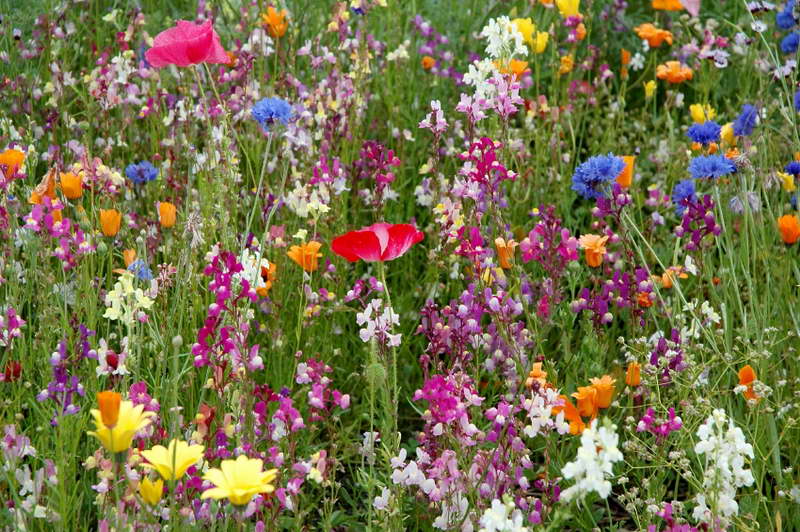

Toadflax with poppies and cornflowers photo
Ground cover linaries are planted on alpine slides, they are used to form slopes, fill the voids on the site with a continuous flowering carpet.
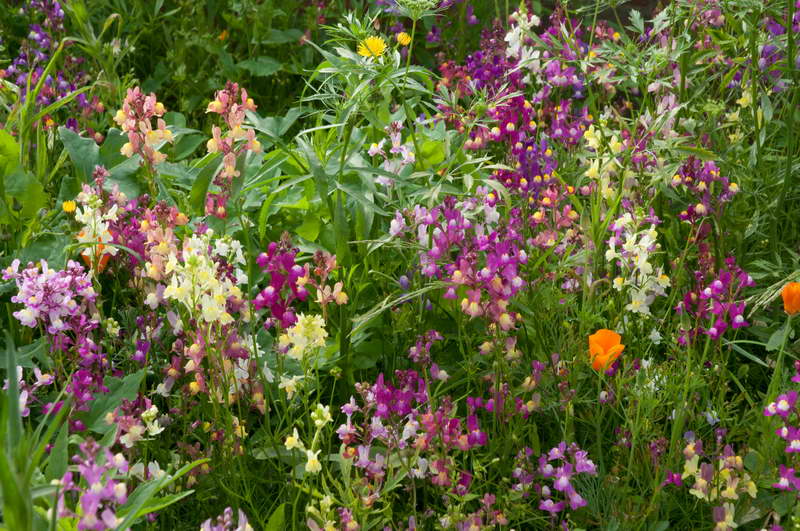

Linaria with other flowers photo
Tall species are planted in flower beds, in ridges, used for framing borders; annuals are grown as a pot culture (Moroccan linaria is perfect for this).
How to collect, dry, store
The procurement of raw materials is carried out according to strict rules for working with poisonous plants. If there are wounds or scratches on the hands, it is necessary to sort out the harvested grass with tight gloves. After harvesting raw materials or working with them, you need to thoroughly wash your hands.
Wild flax is harvested during the flowering period from July to August. Blooming grass is cut almost at the very root, washed in cool water, tied in small brooms and dried in a suspended state.
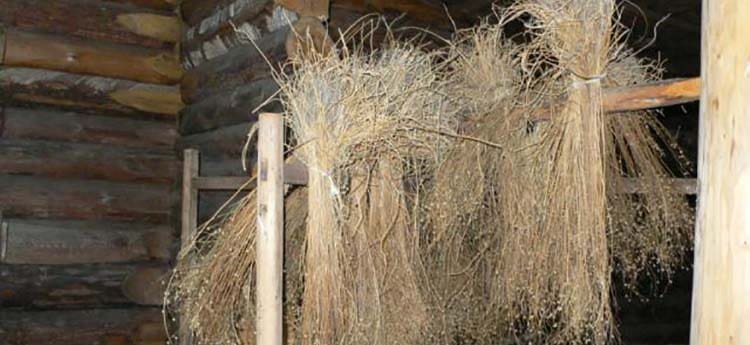

When fresh, the grass has an unpleasant, pungent odor, which, when dried, becomes even more concentrated and pungent. Dried raw materials are stored for no more than a year in a suspended form or crushed and poured into an airtight container.
Perhaps you have already used toadflax herb in the treatment and know the intricacies of preparing preparations based on it. Share in the comments, we will be grateful.
Medical use
Traditional medicine does not use toadflax, although studies on it have been carried out from time to time. Back in 1859, the German empiricist I.-G. Rademacher noted that hemorrhoids can be successfully treated with this plant. German doctors to this day recommend an aqueous infusion of toadflax for the treatment of jaundice, inflammation of the bladder, constipation, as well as for sluggishness of the intestines, nocturnal enuresis. In small quantities, toadflax can be used for headaches with vomiting - with the so-called Meniere's syndrome.
Professor M. D. Rossiyskiy tested the liquid extract on patients with intestinal atony, bloating, prolonged constipation and concluded that the extract acts mildly laxative without side effects. The professor isolated the drug Peganin, which is similar to the action of the extract. It has also proven to be a good remedy for muscle flaccidity, muscular dystrophy and myopathies.
Contraindications and side effects
Toadflax is a poisonous plant and should be used with caution for medicinal purposes. If medicines are used incorrectly, a number of the following side effects may occur:
- nausea and vomiting;
- profuse salivation;
- headache;
- fainting;
- sharp pain in the abdomen;
- dizziness;
- heart failure.
There are contraindications for medicines based on wild flax. They are not recommended for use during pregnancy and lactation, as well as for children under the age of fourteen. It is forbidden to take them in the presence of the following diseases:
- cirrhosis of the liver;
- renal and hepatic impairment;
- tachycardia;
- hypertension.
Description
Toadflax is also called gill, wild flax, zornitsa, vidalnik, wild rosemary, dogs, stool, drunken grass.
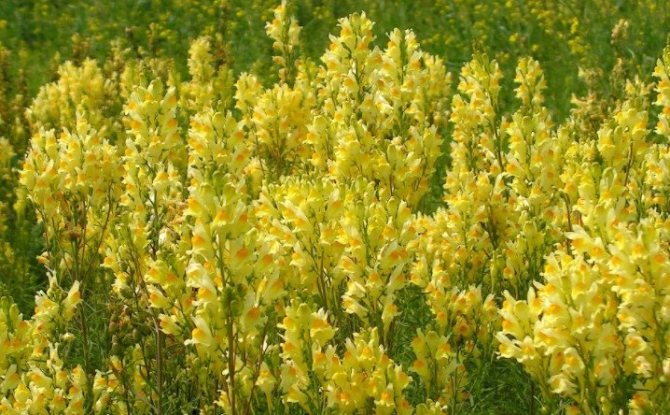

The plant belongs to the plantain family, can reach a height of more than 40 cm and is characterized by the presence of a thin creeping rhizome. The stem of the plant is slightly branched, but leafy, with linear, narrow, alternate and sessile leaves. Toadflax flowers are two-lipped, colored yellow, which is brighter in the center of the flower. After flowering, in place of the buds, elongated, small black capsules with seeds appear. The plant blooms all summer, from June to August.
The Veronica plant from the Plantain family is both a garden decoration and a valuable medicinal raw material.
You can meet this plant in nature in a wide variety of places - in an open meadow, forest edge, along the road, in a field, in the steppe and forest-steppe zone, it prefers loose soil.
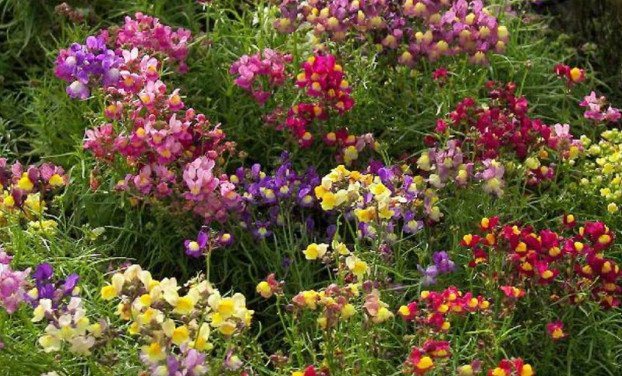

In the genus of this plant there is more than 100 types, therefore, toadflax is literally scattered all over the world. Most of the species are concentrated in the Mediterranean and in the extratropical zones of the northern hemisphere. About 70 species of this plant can be found in Central Asia, in the Caucasus.
Did you know? In ancient Egypt, images of some medicinal herbs were carved in pyramids, and among them there were those that are not found on Egyptian land, but grow from it at significant distances.

